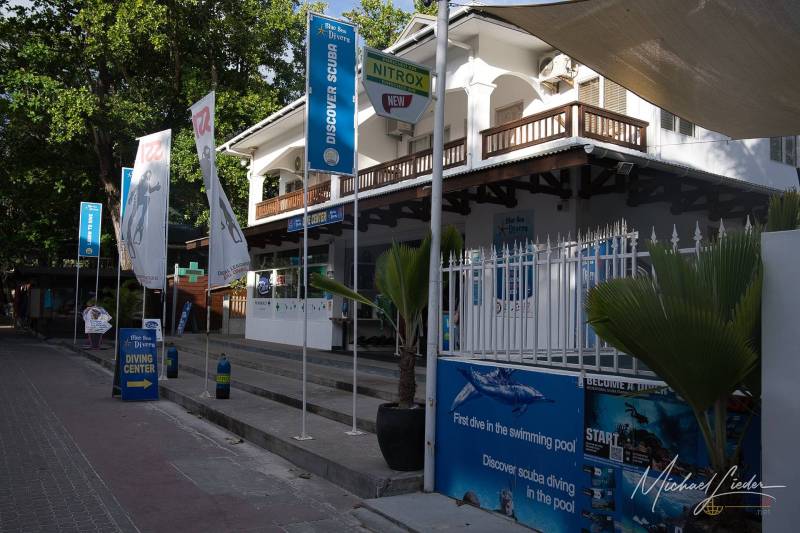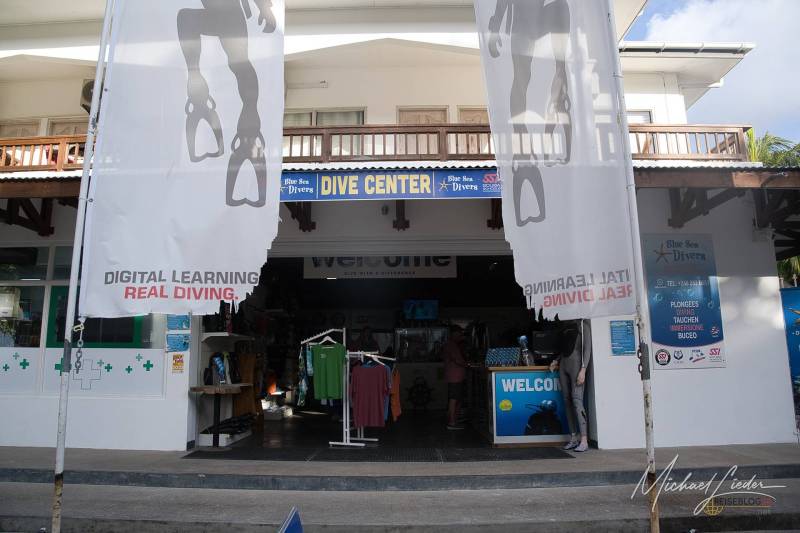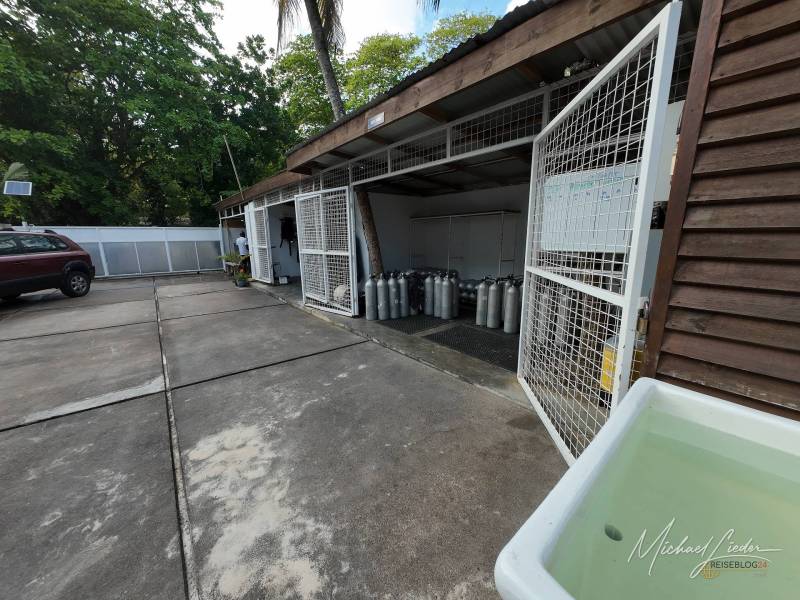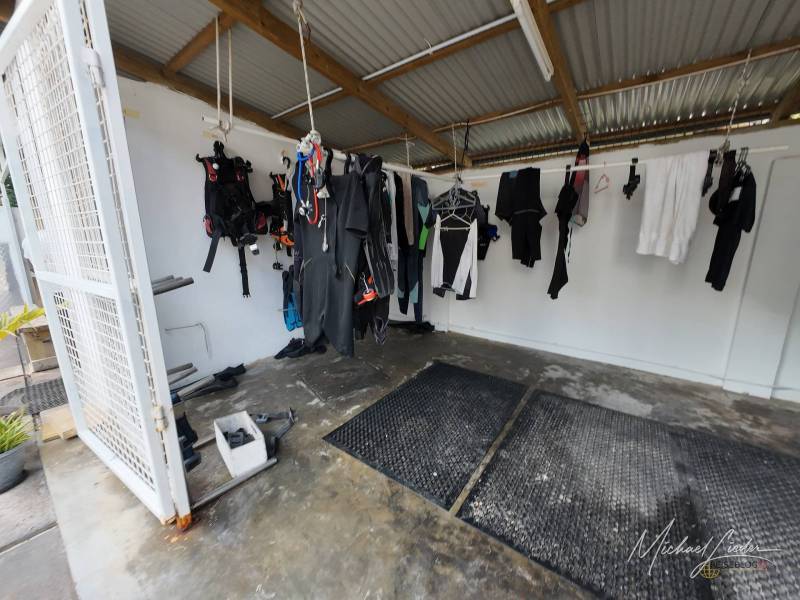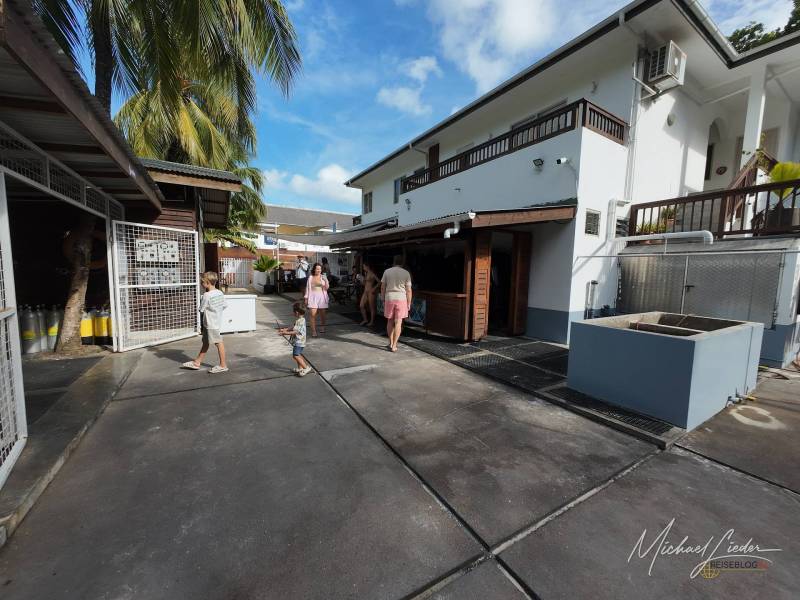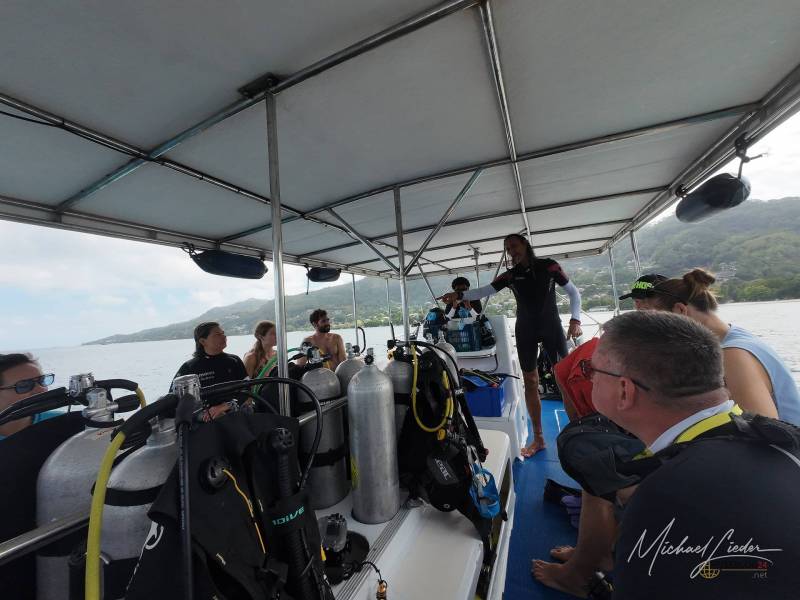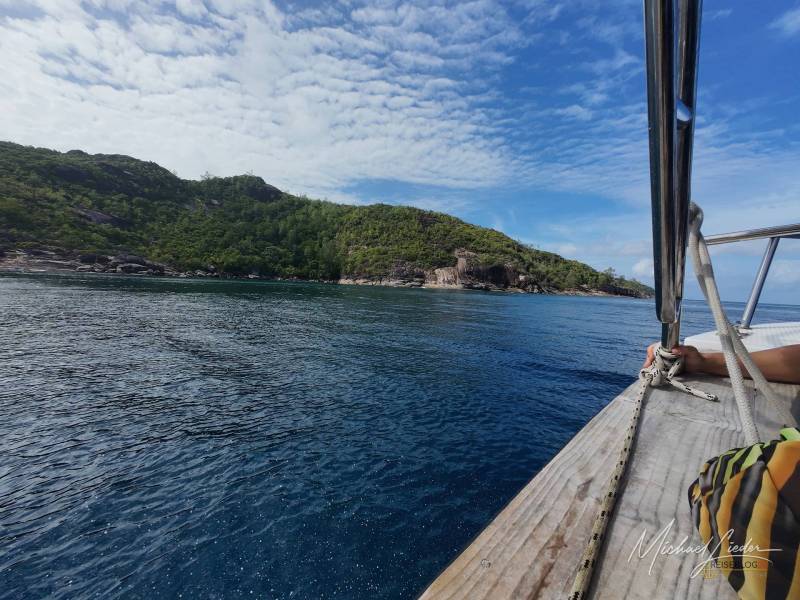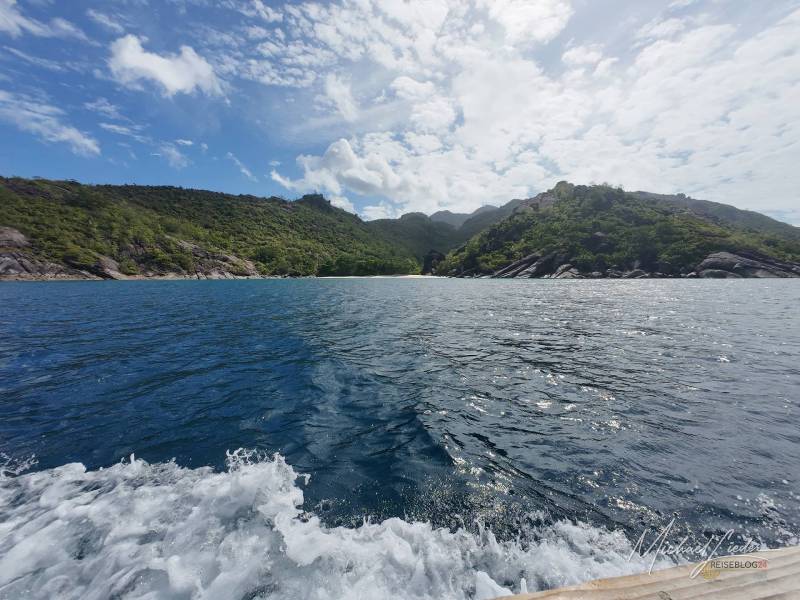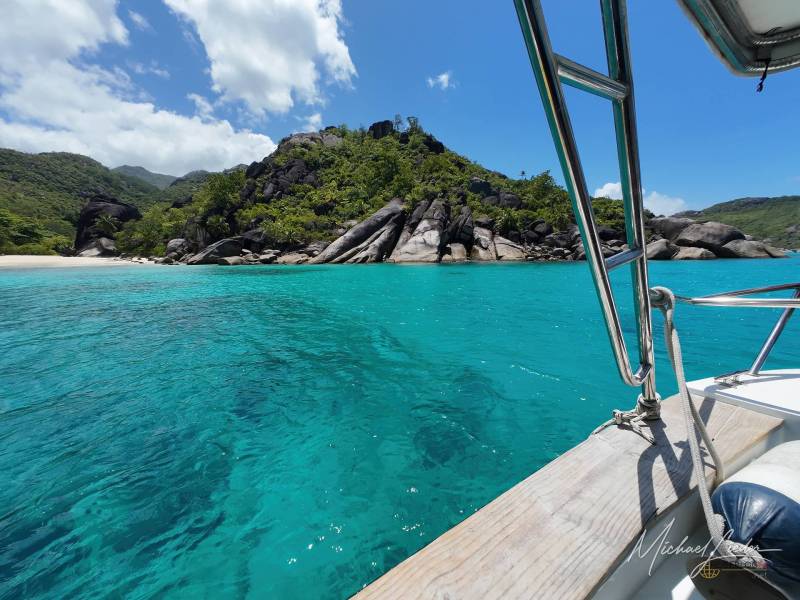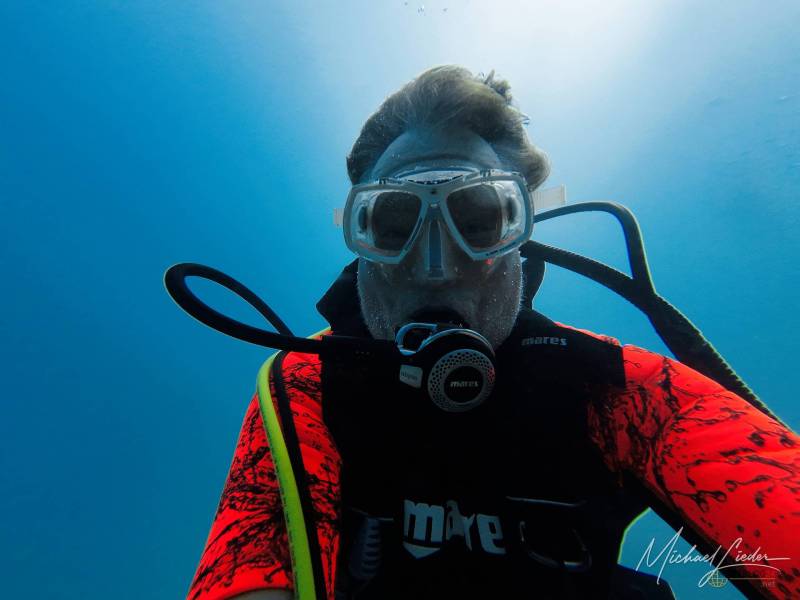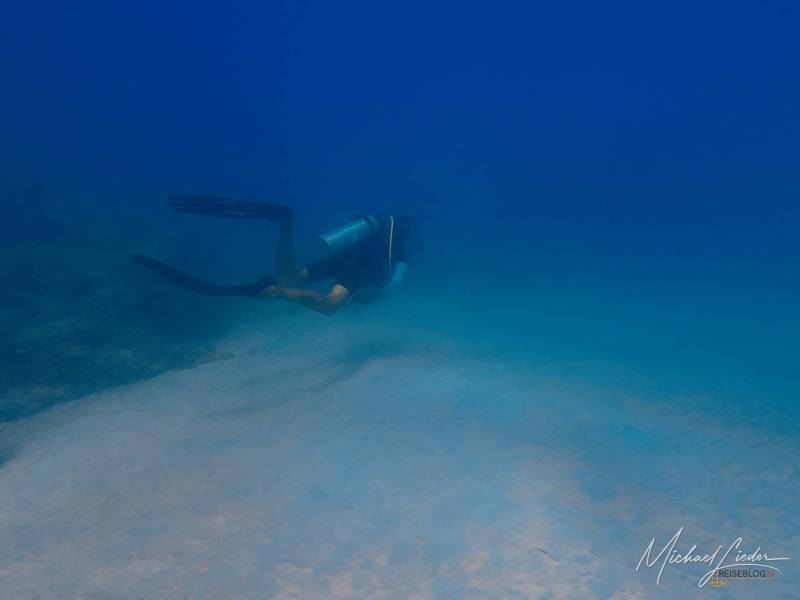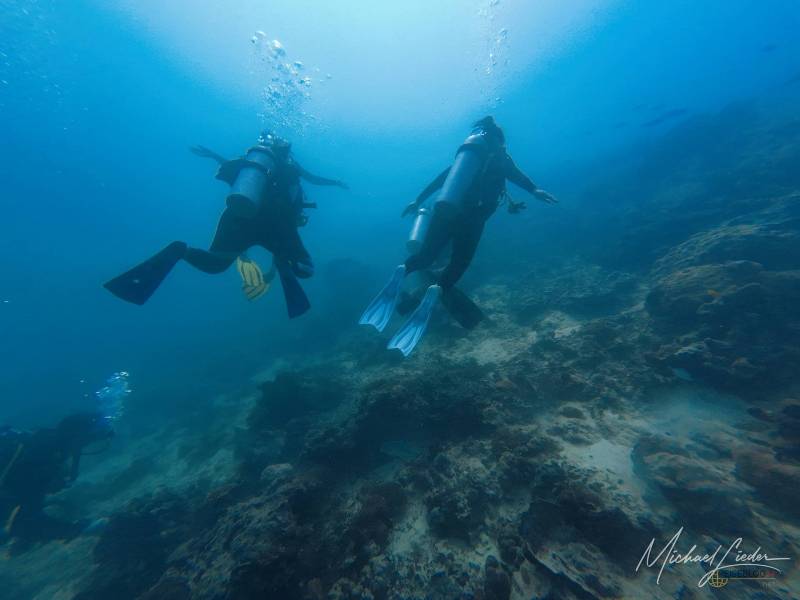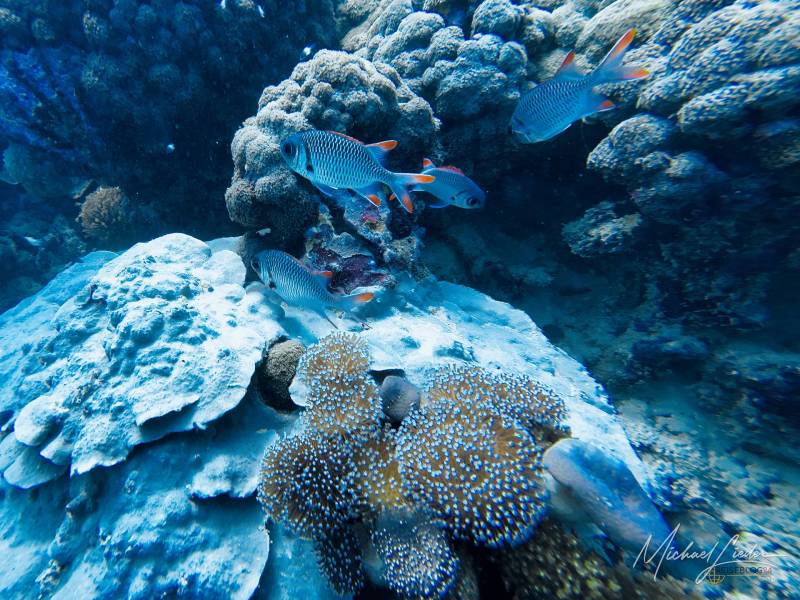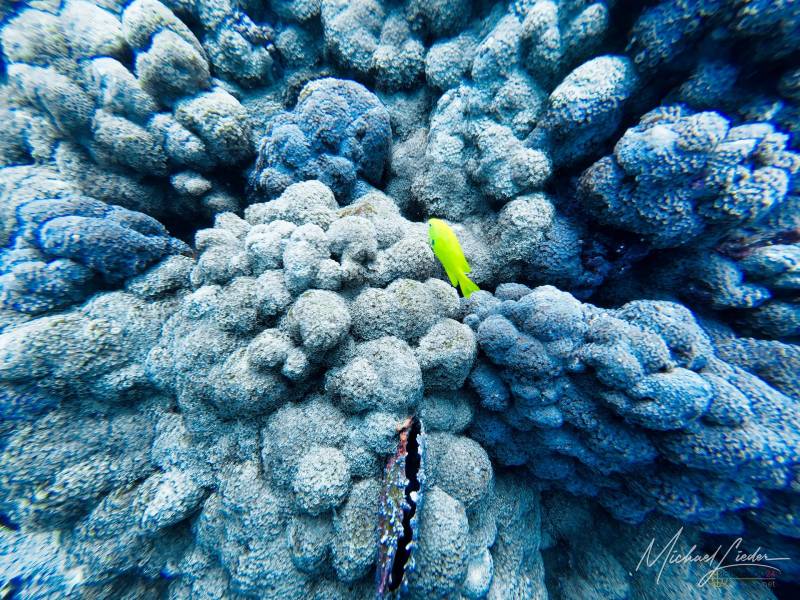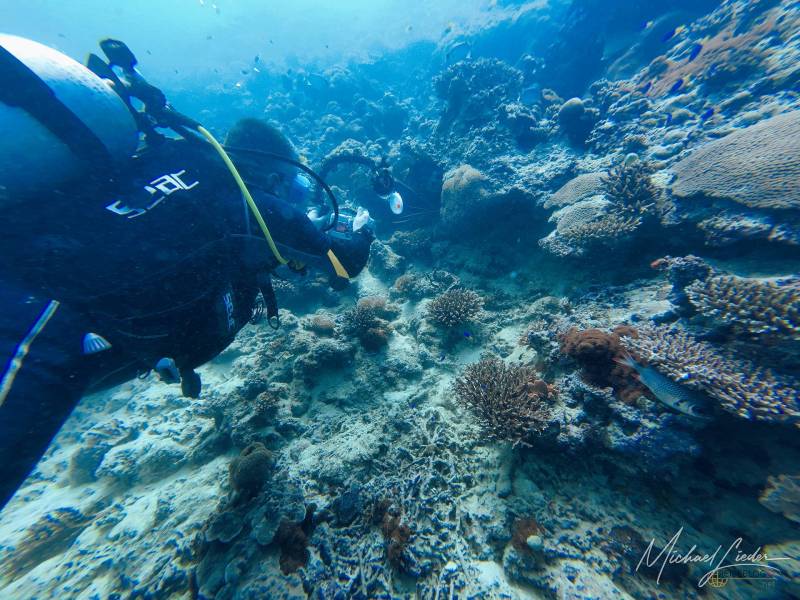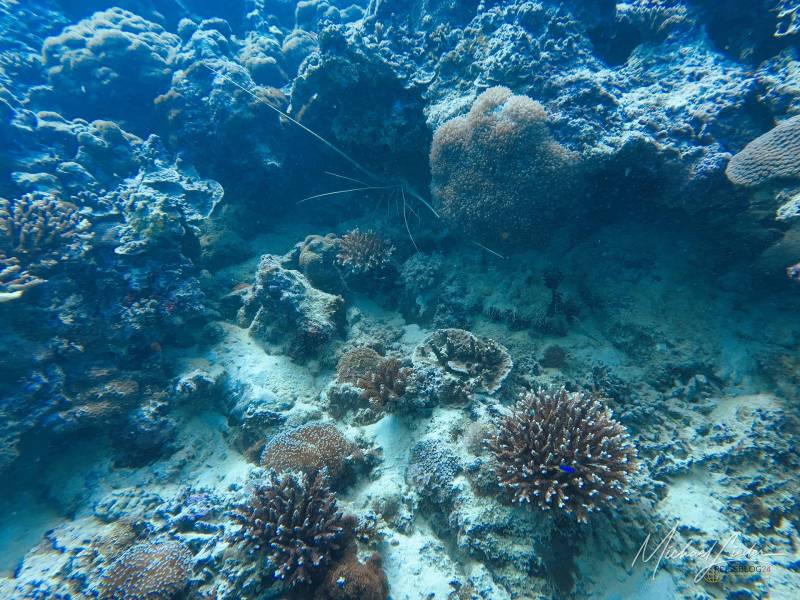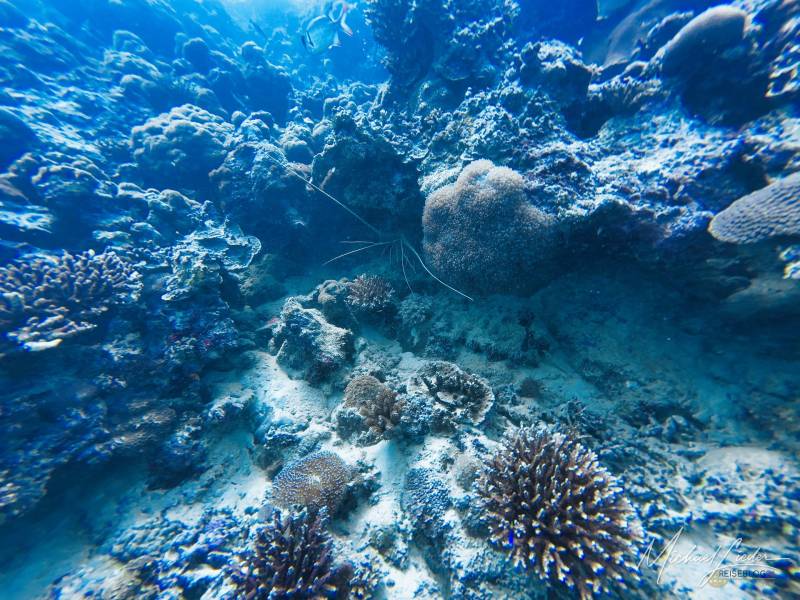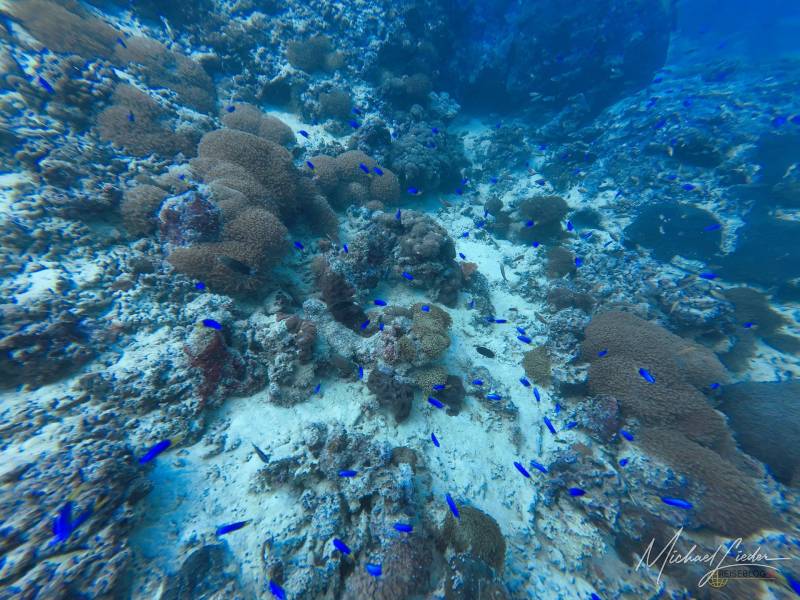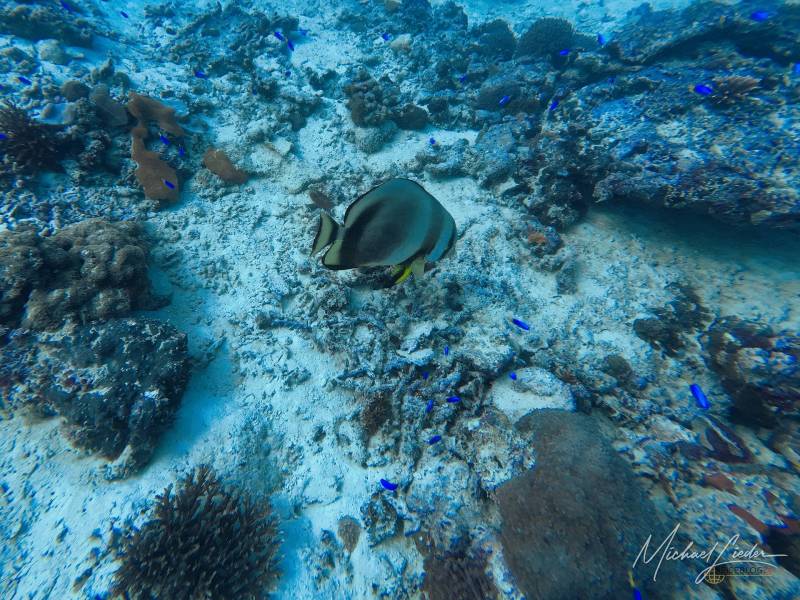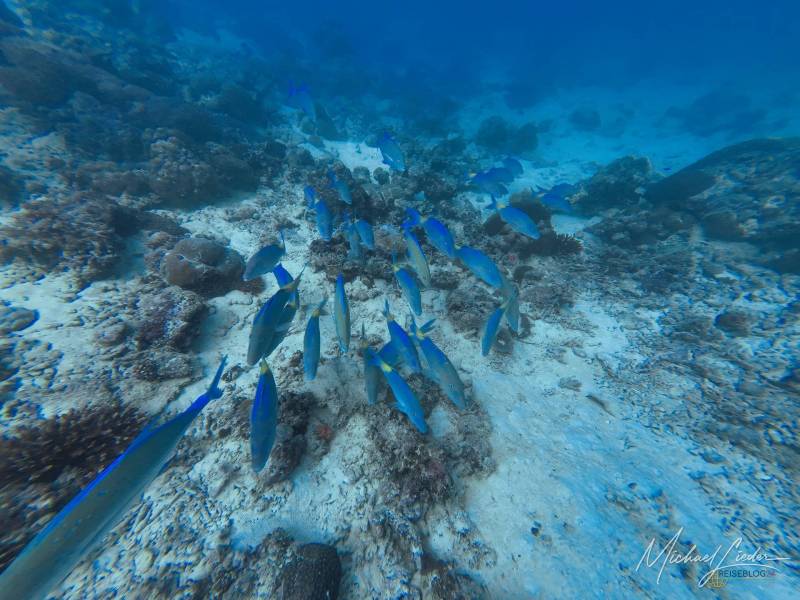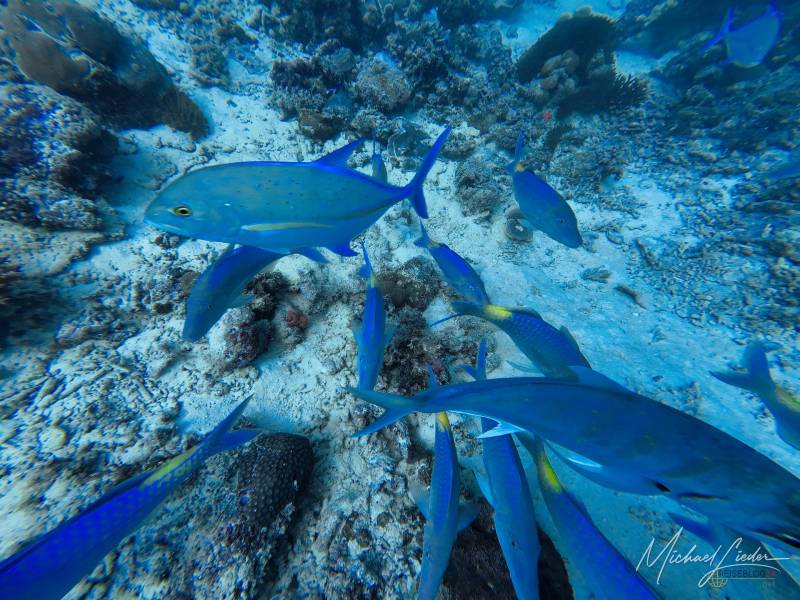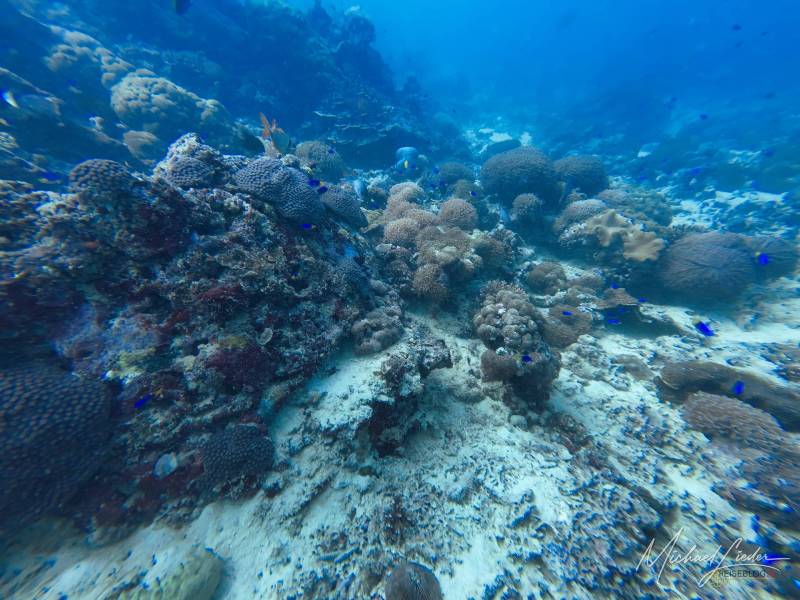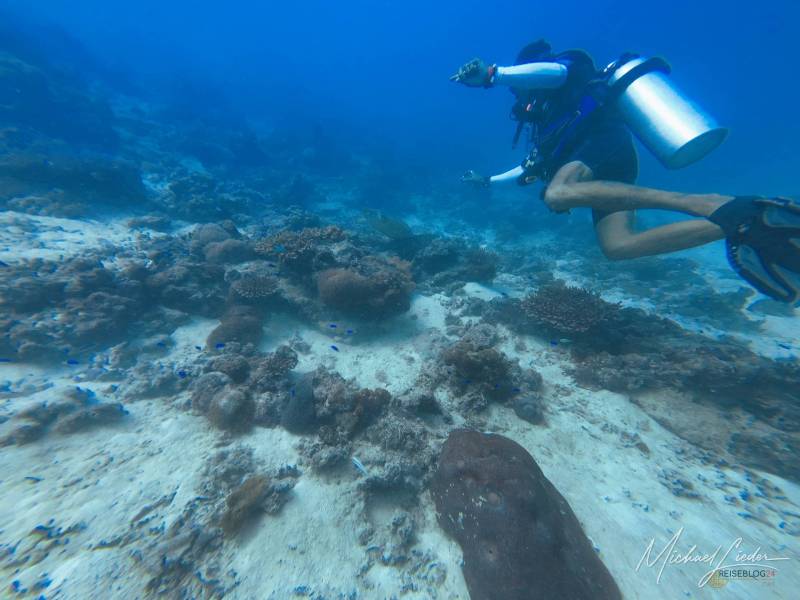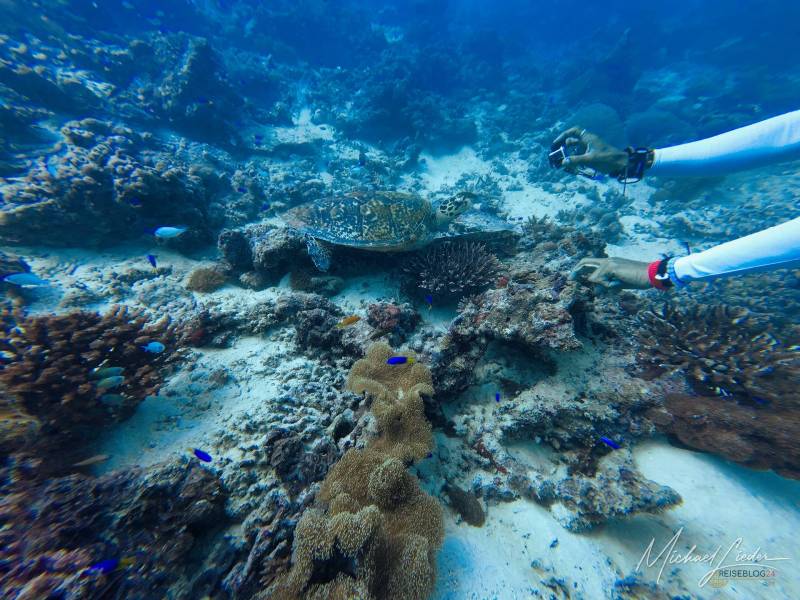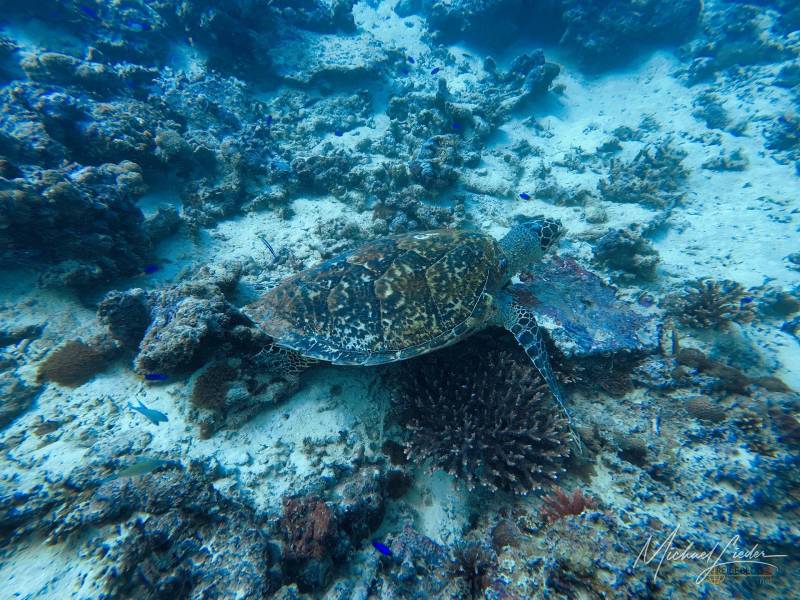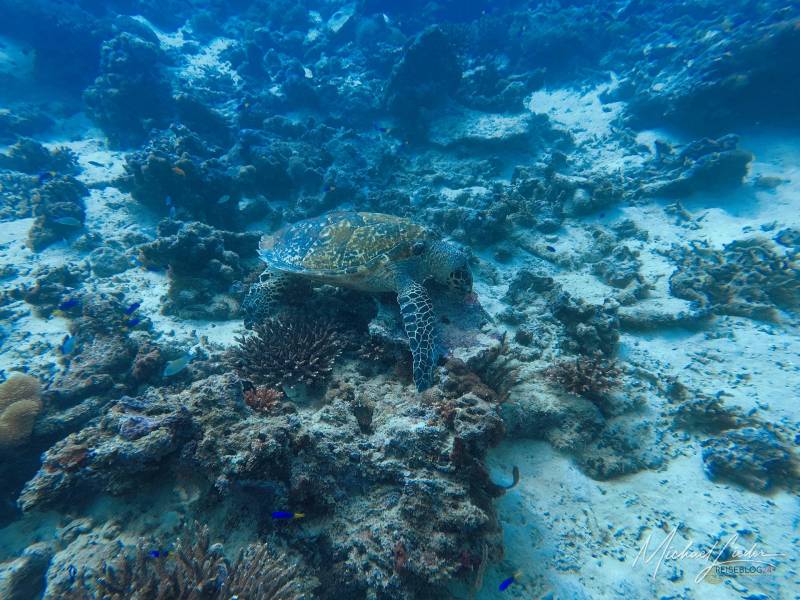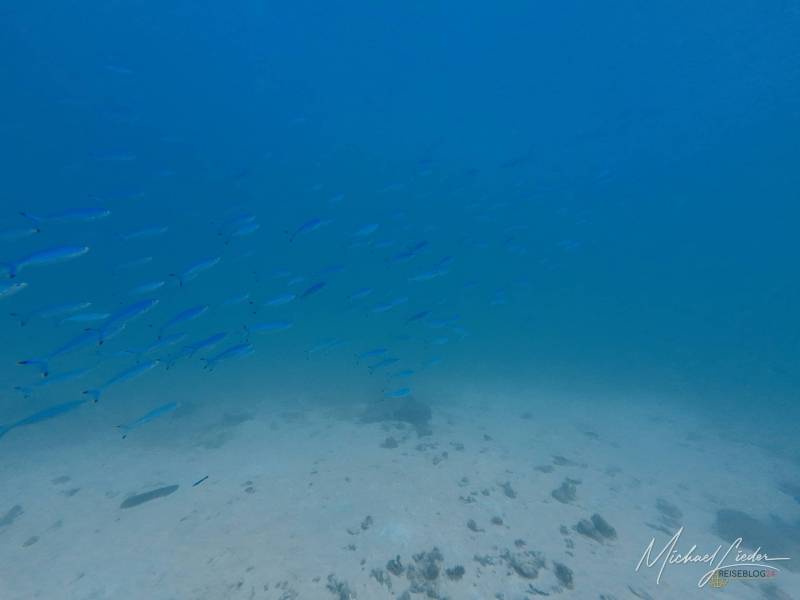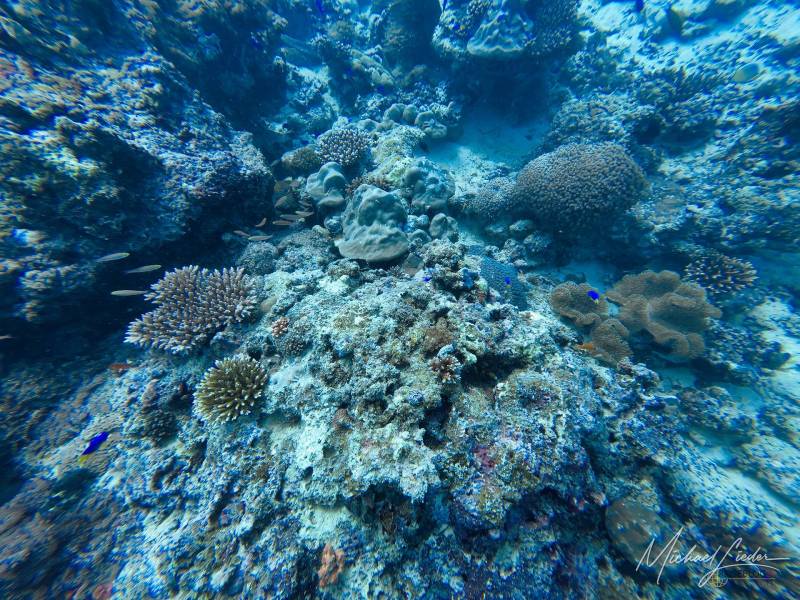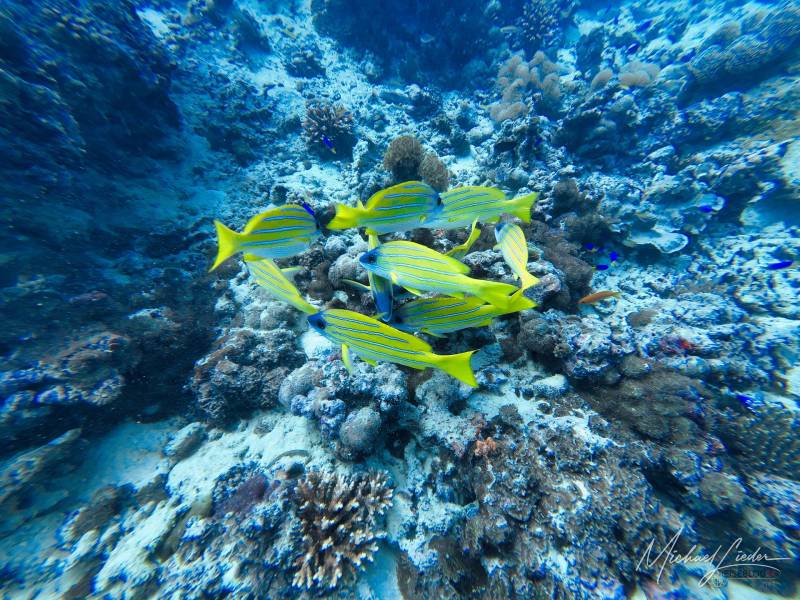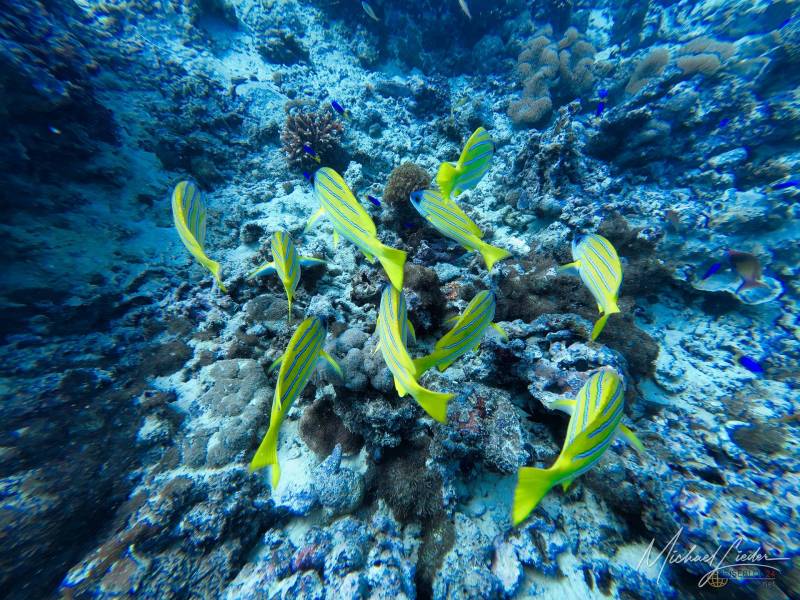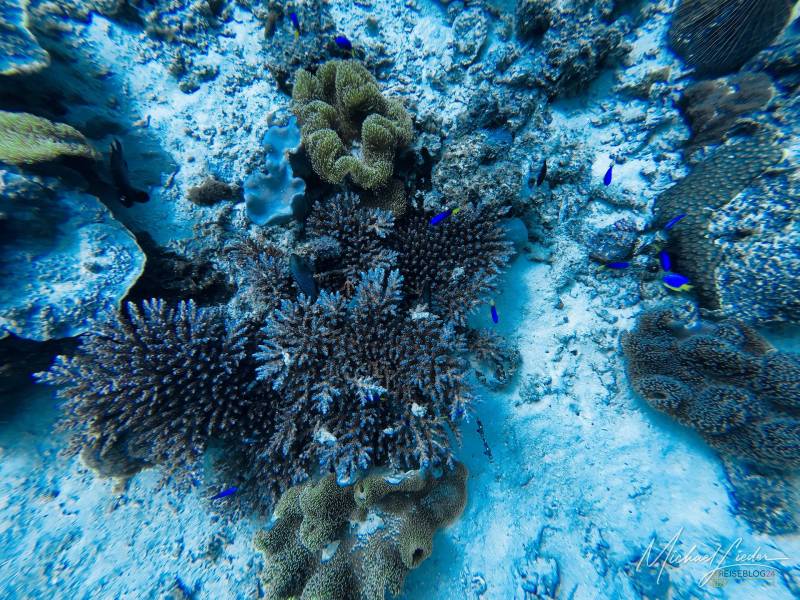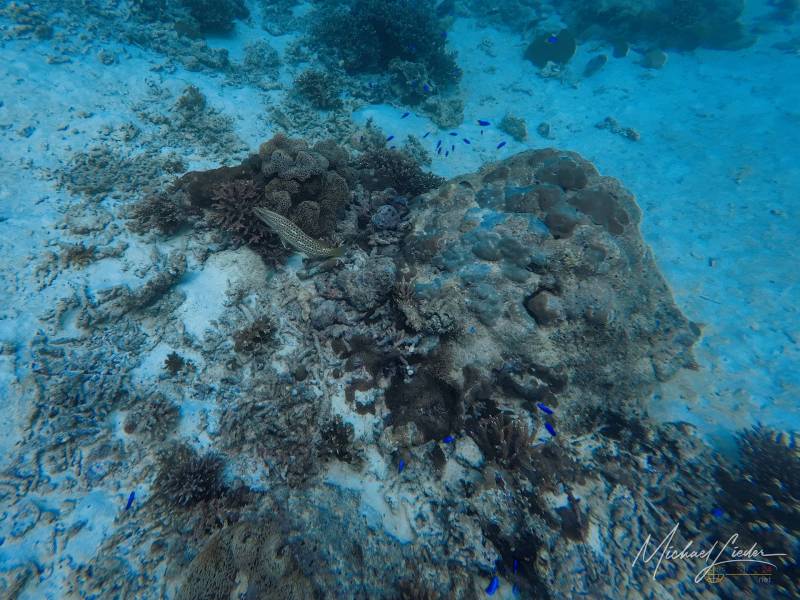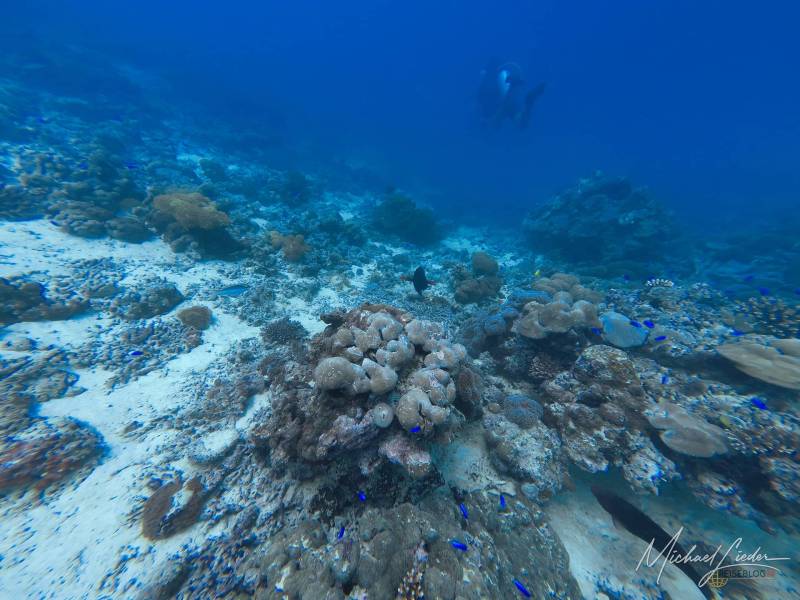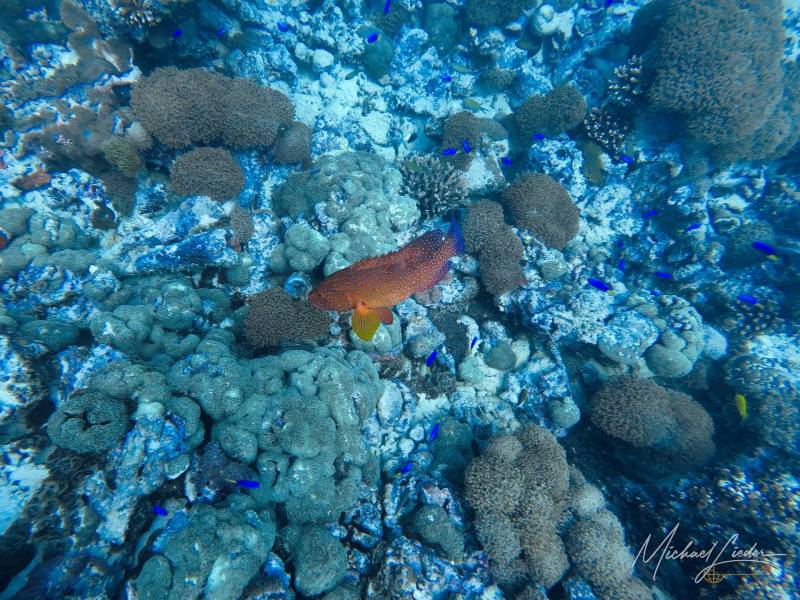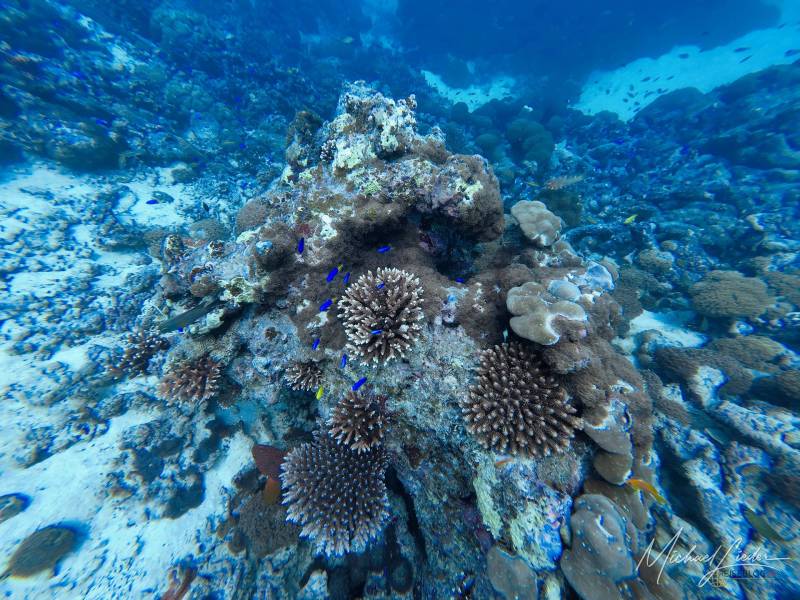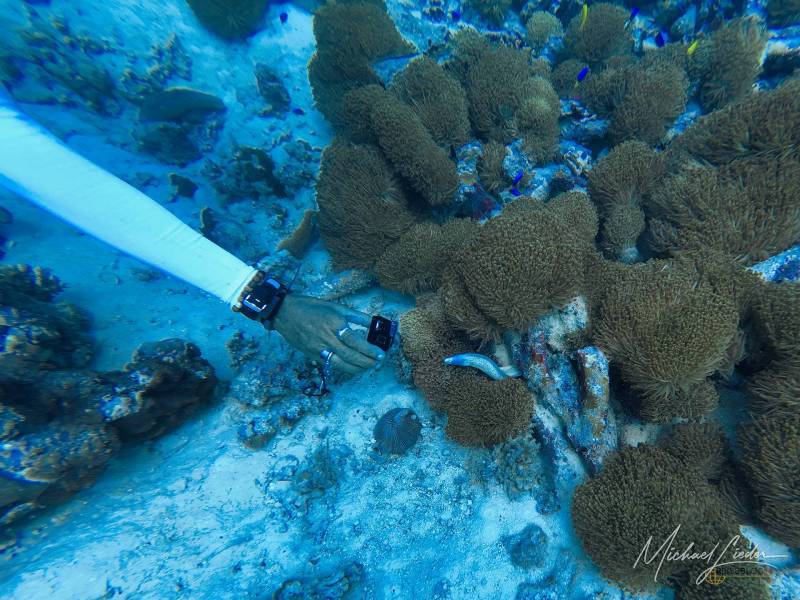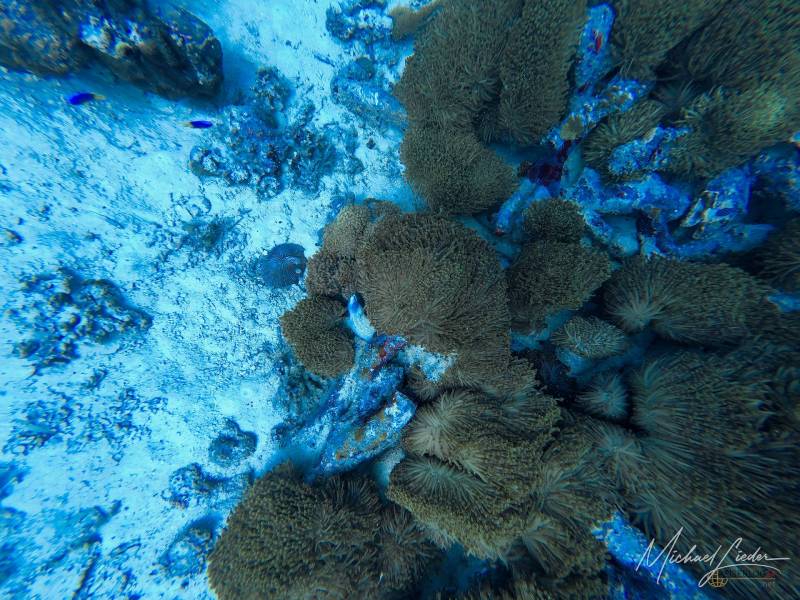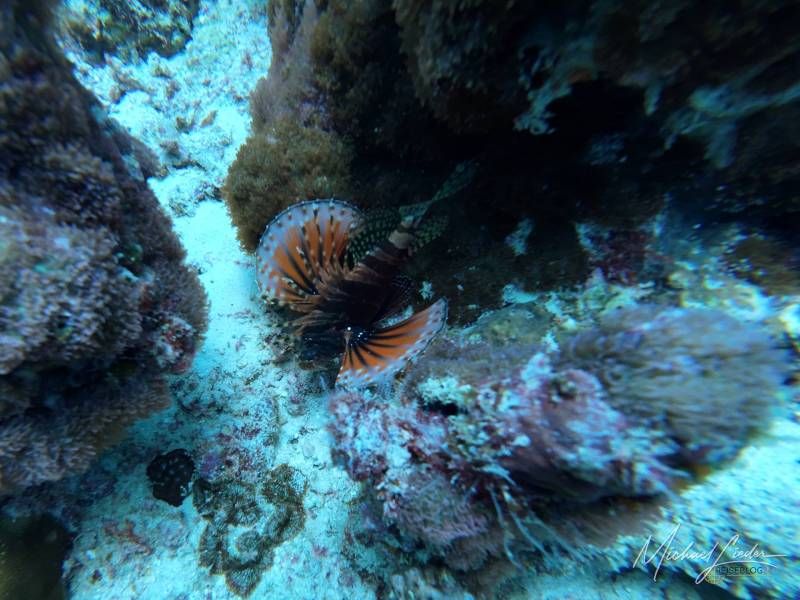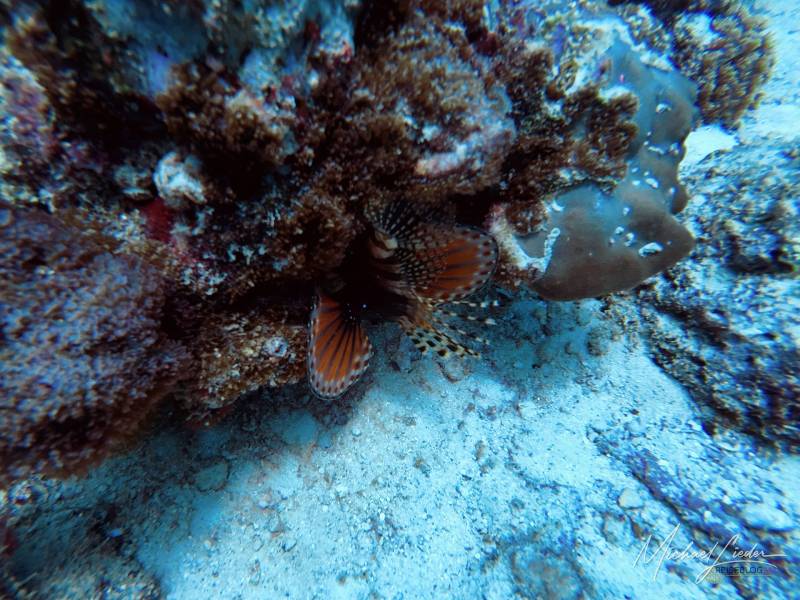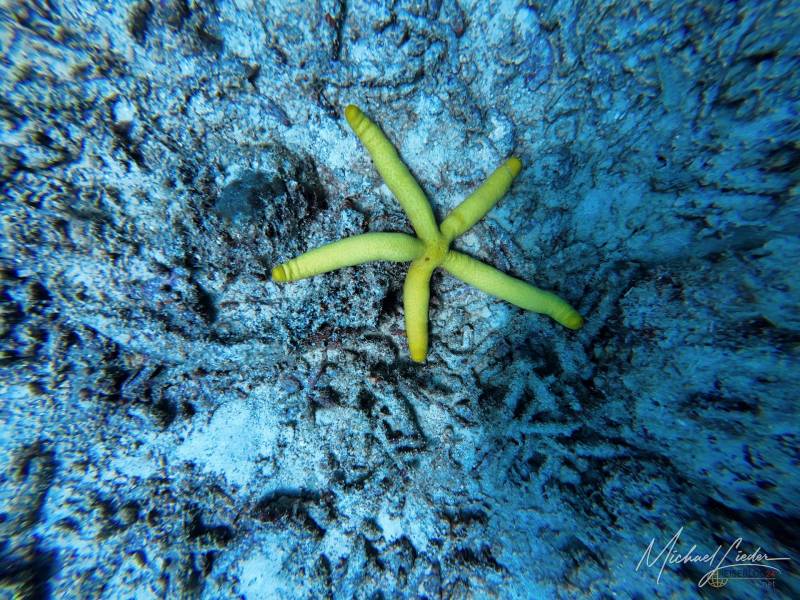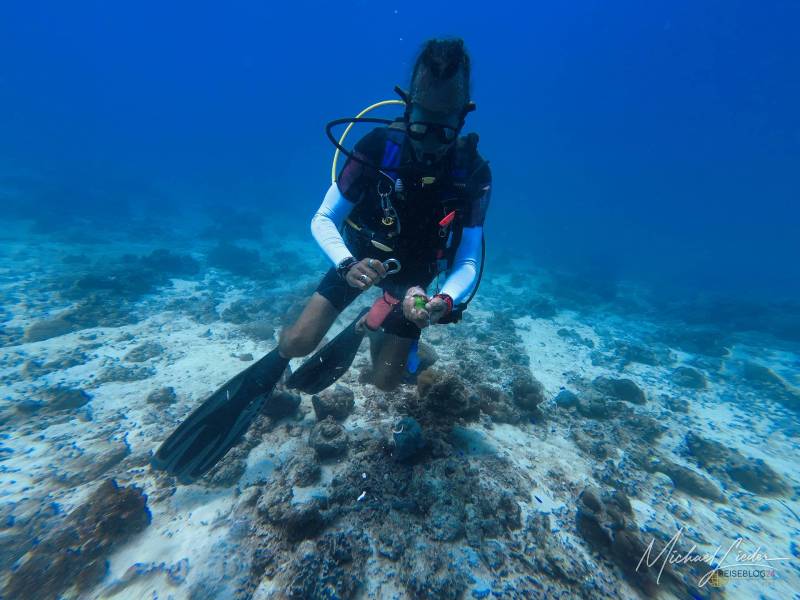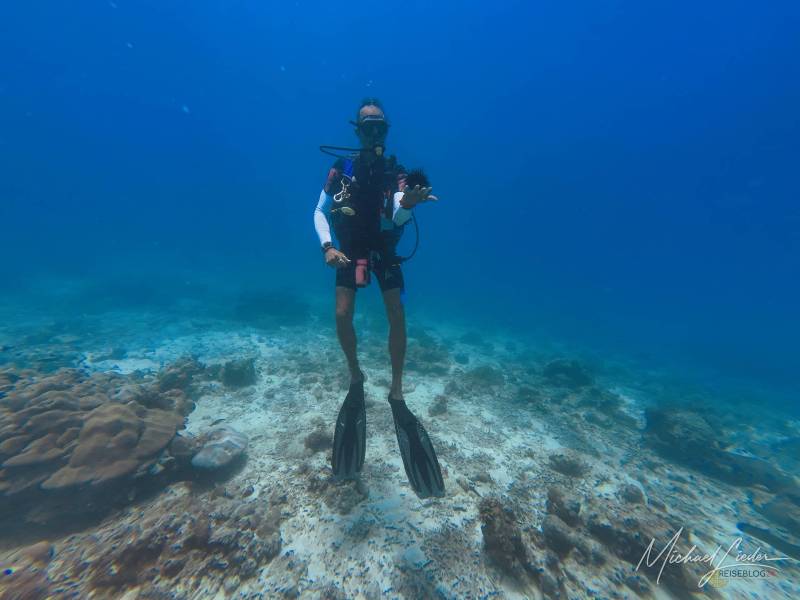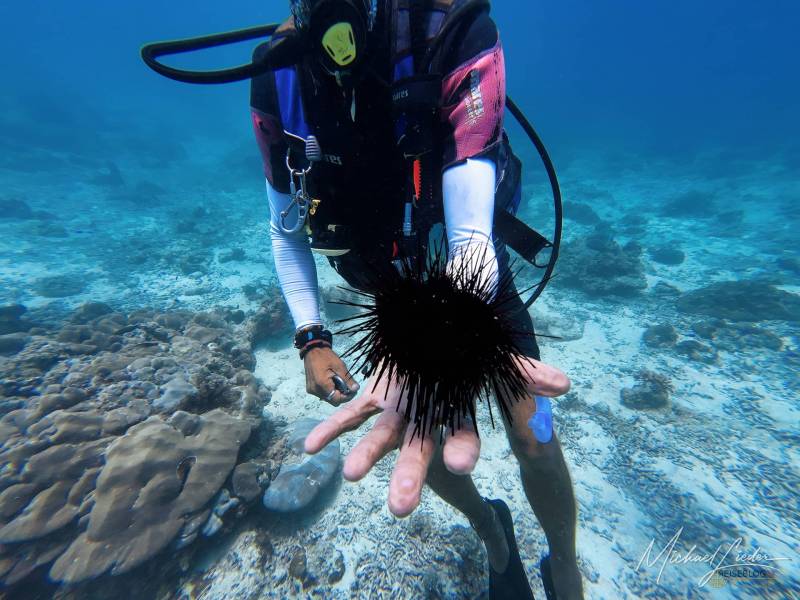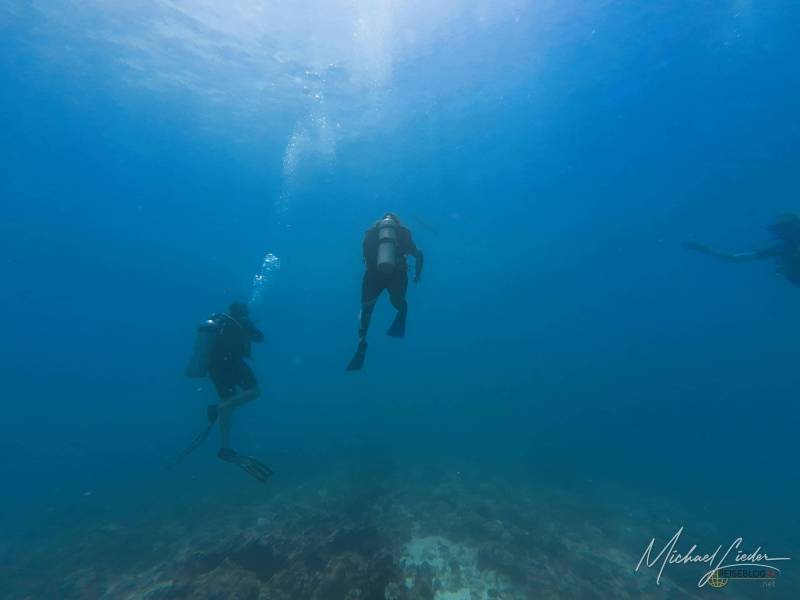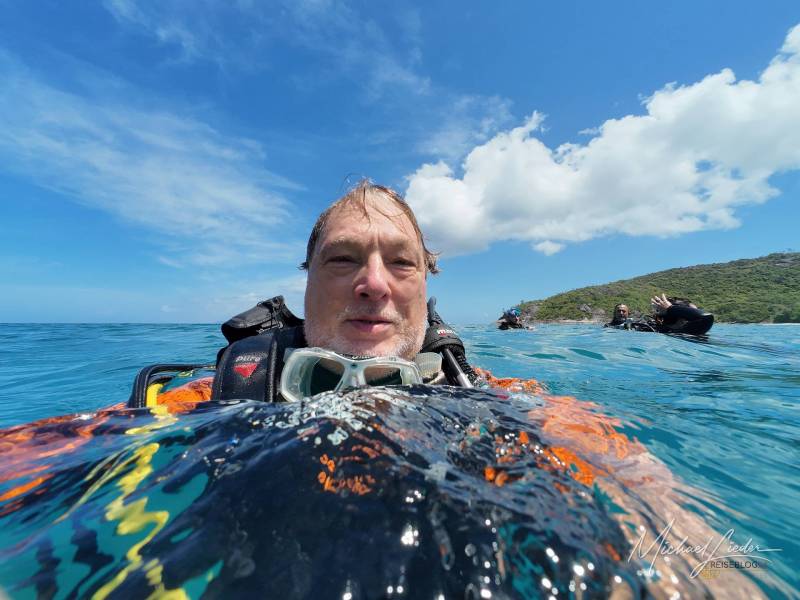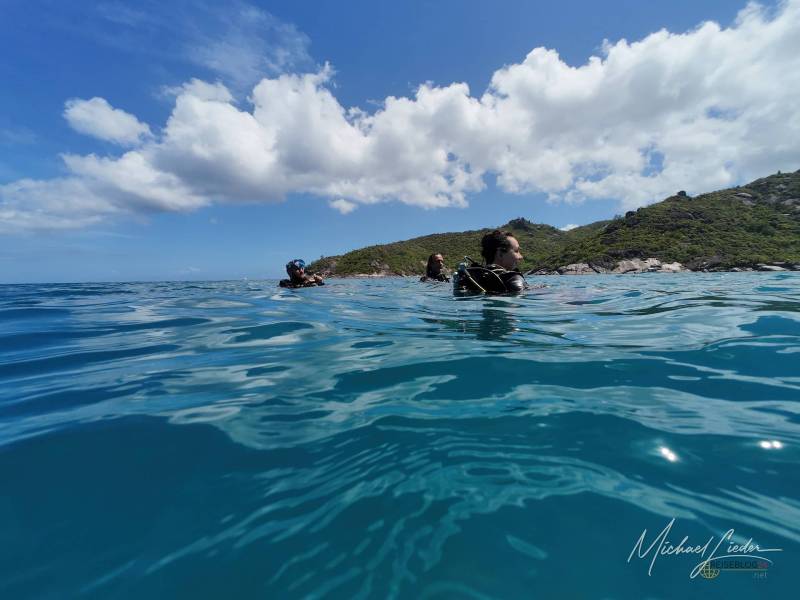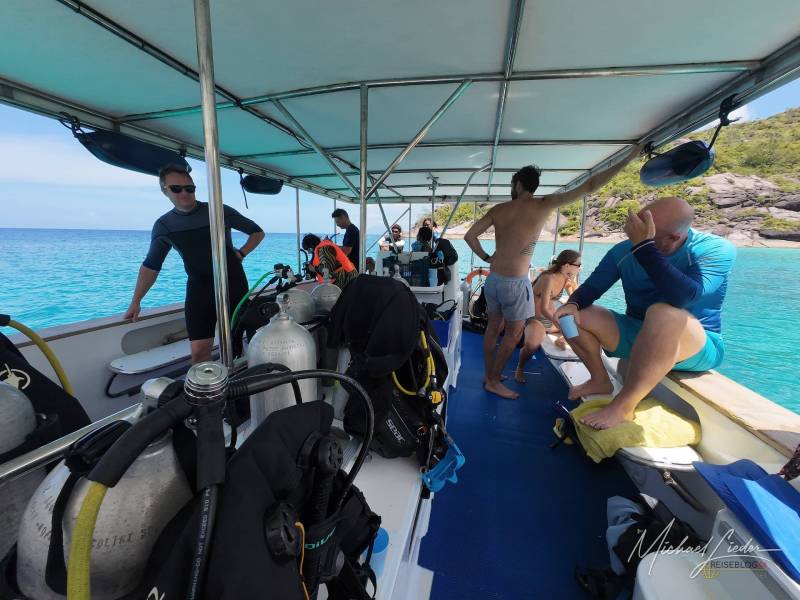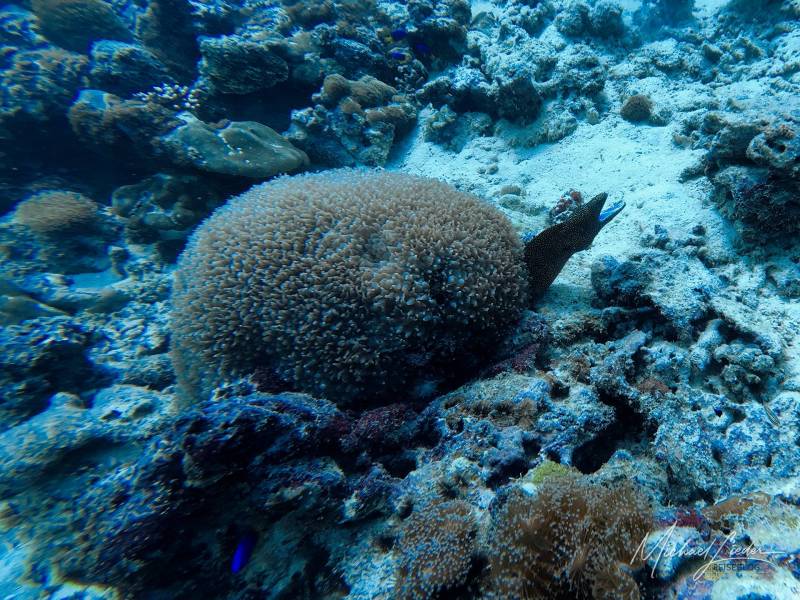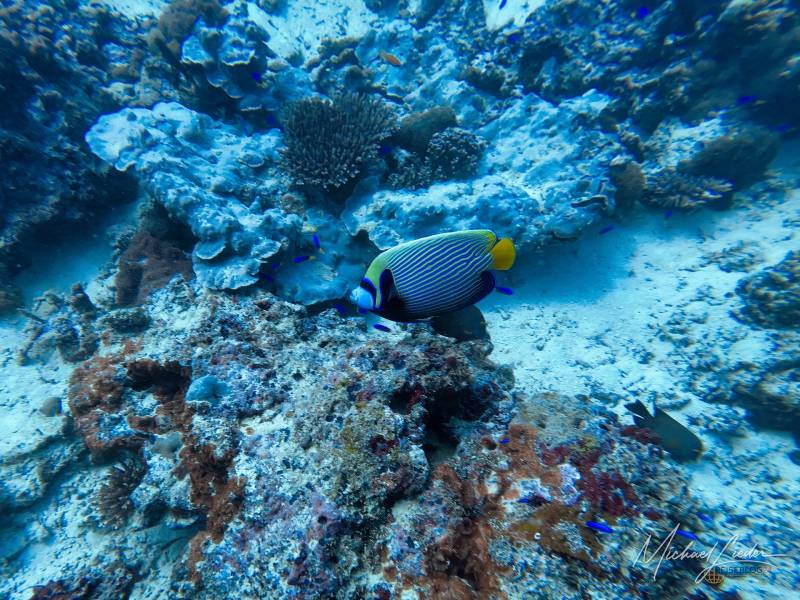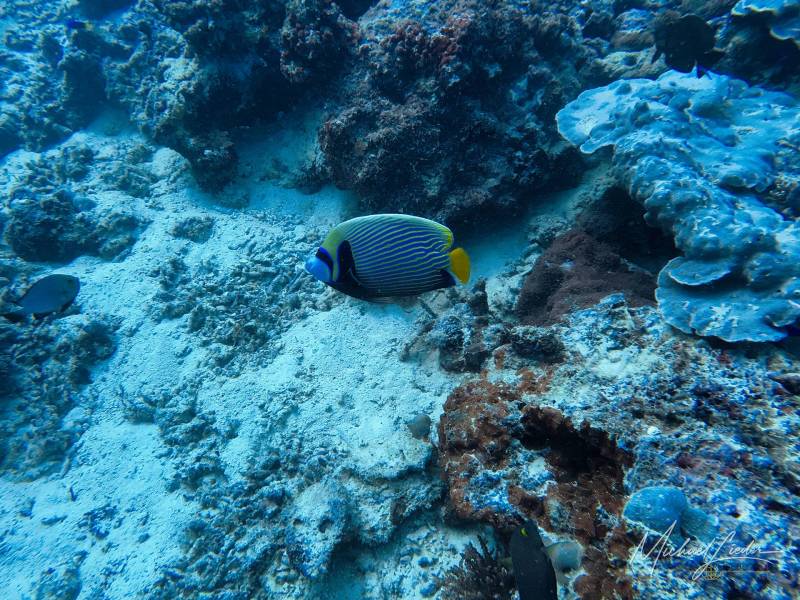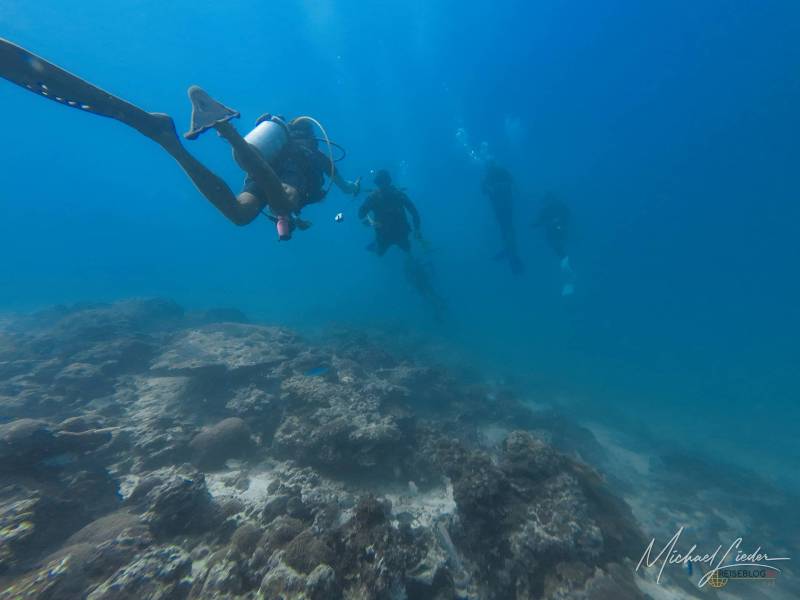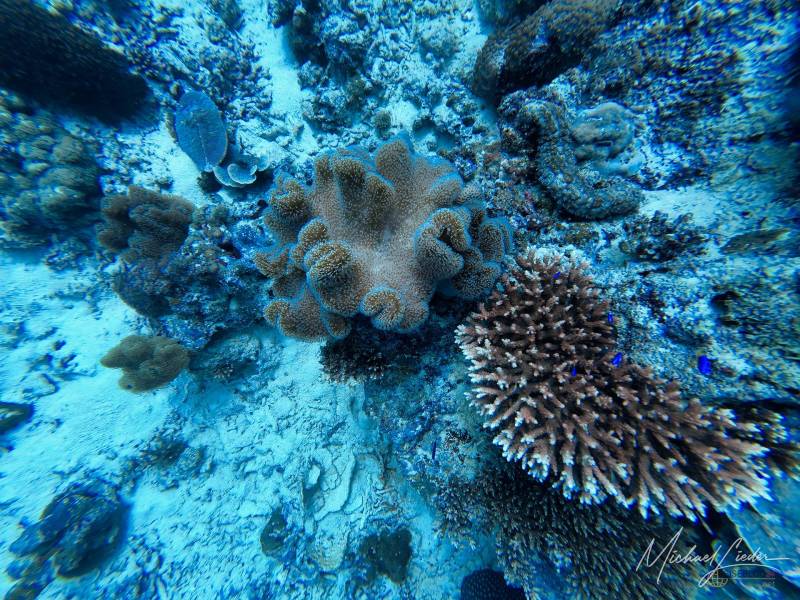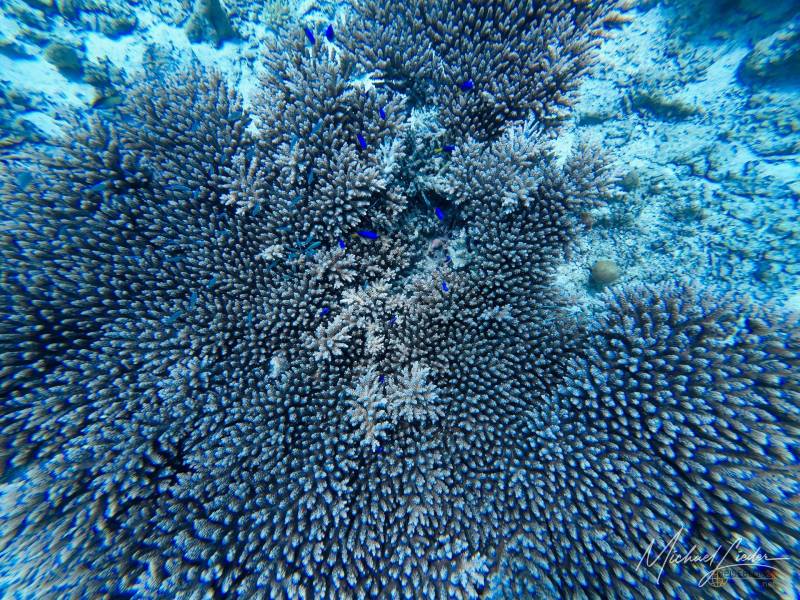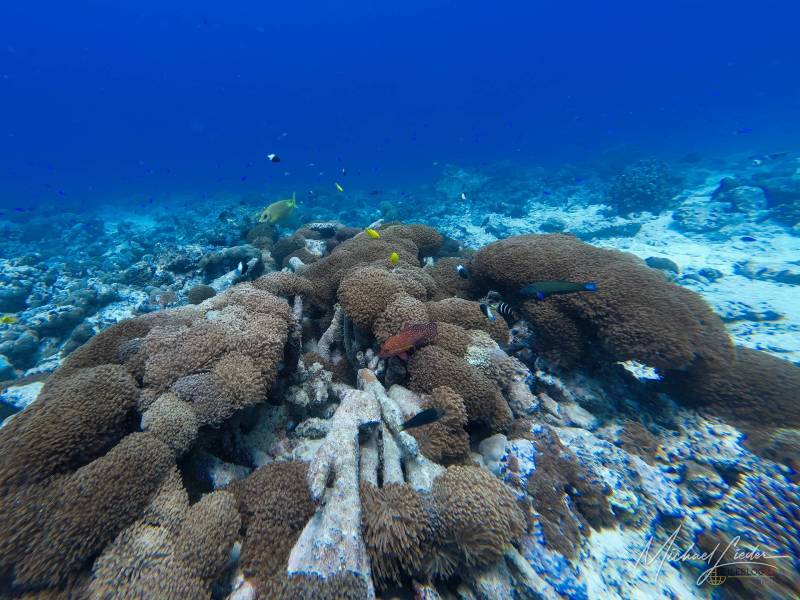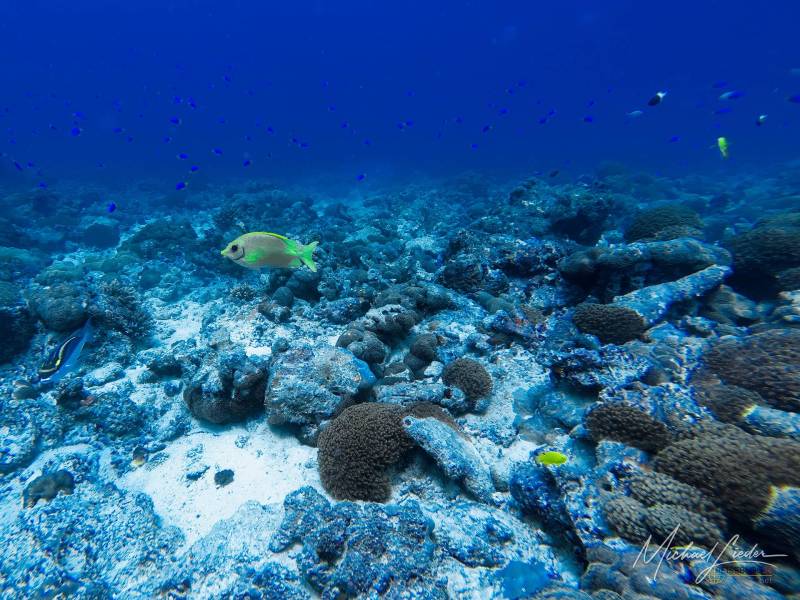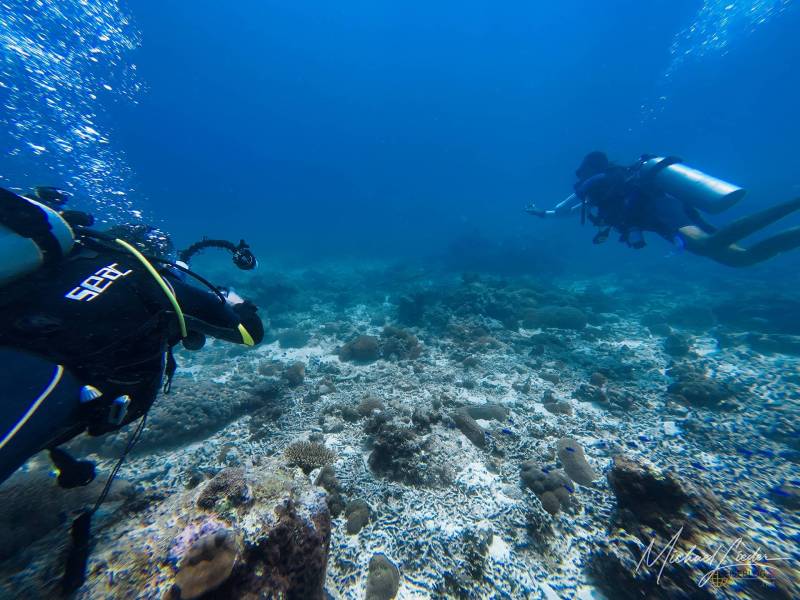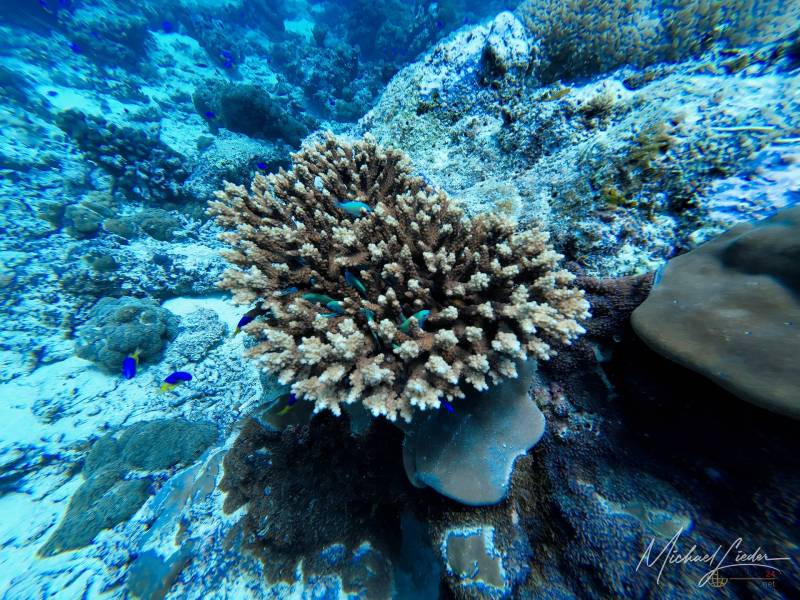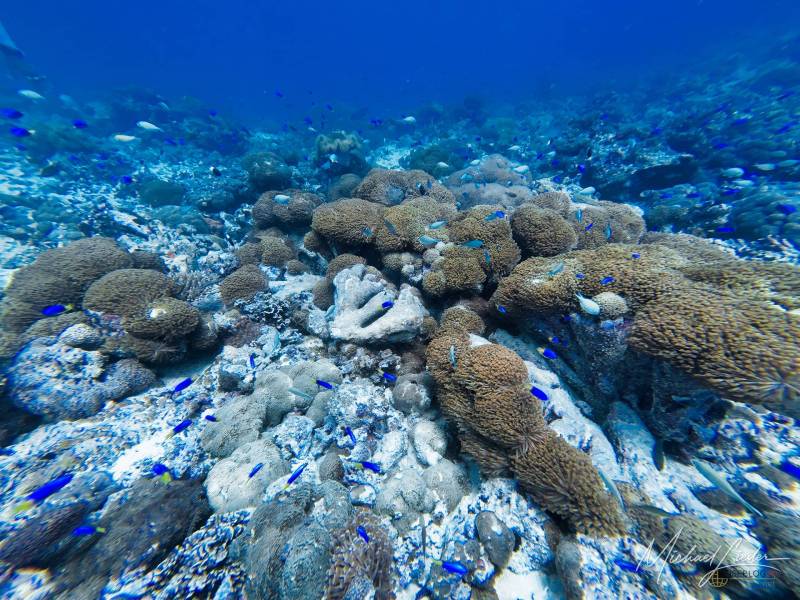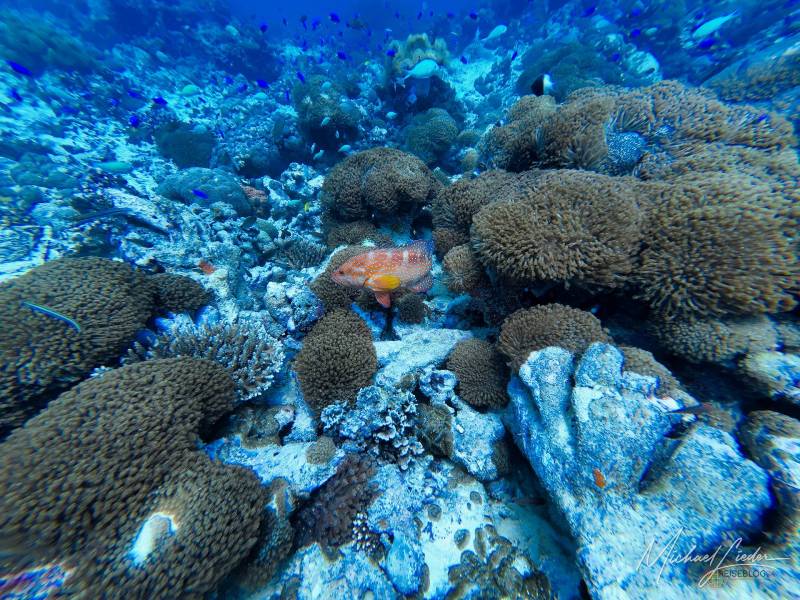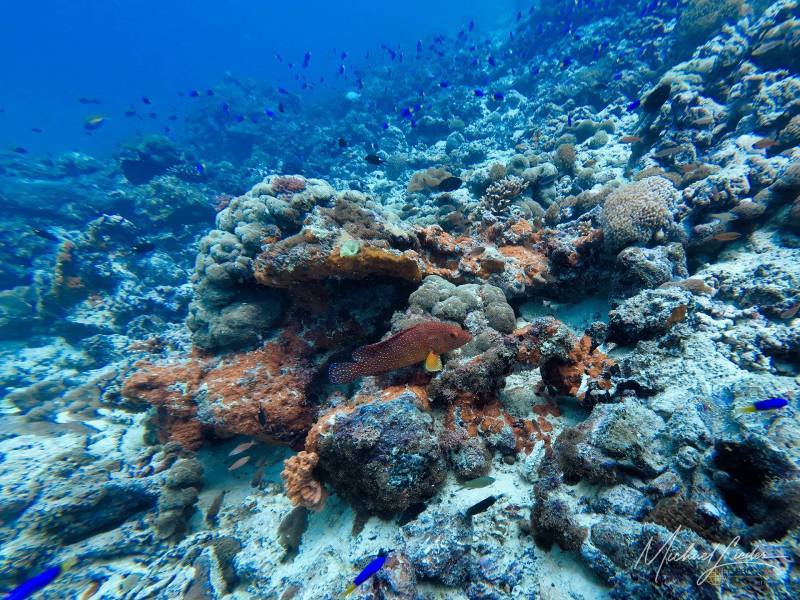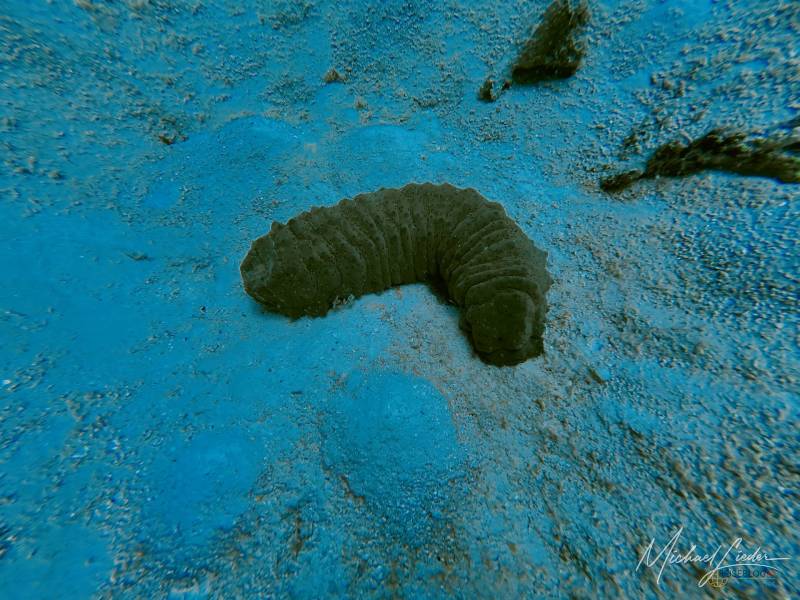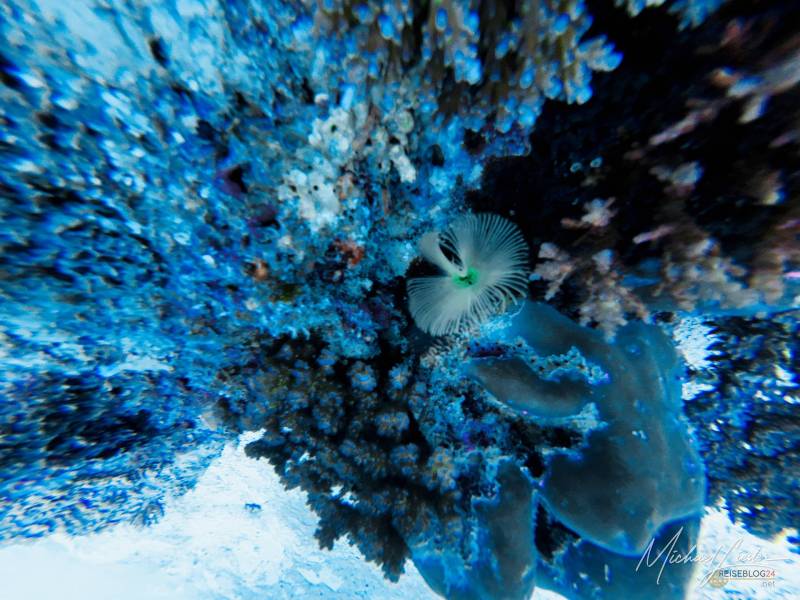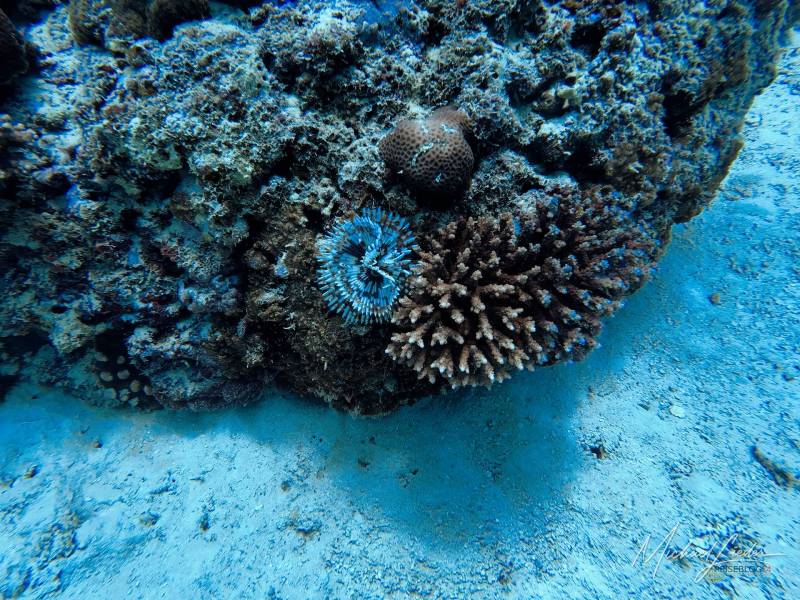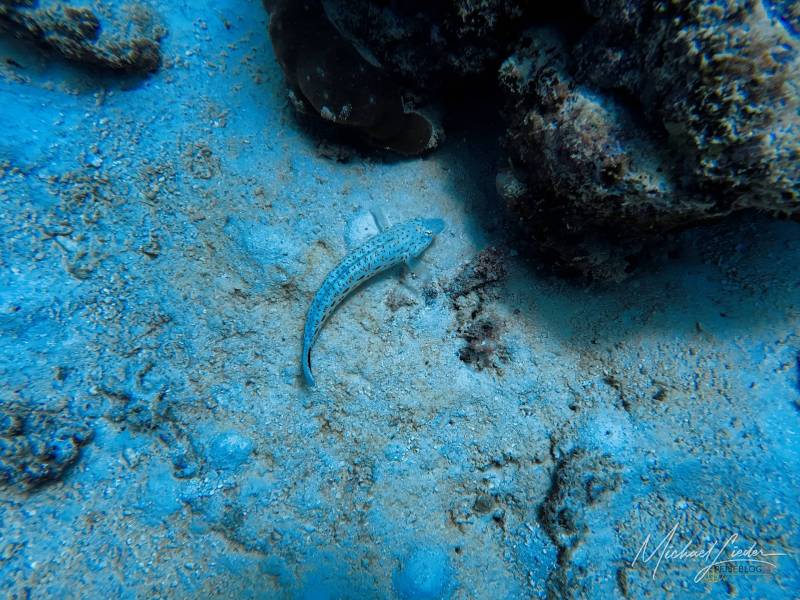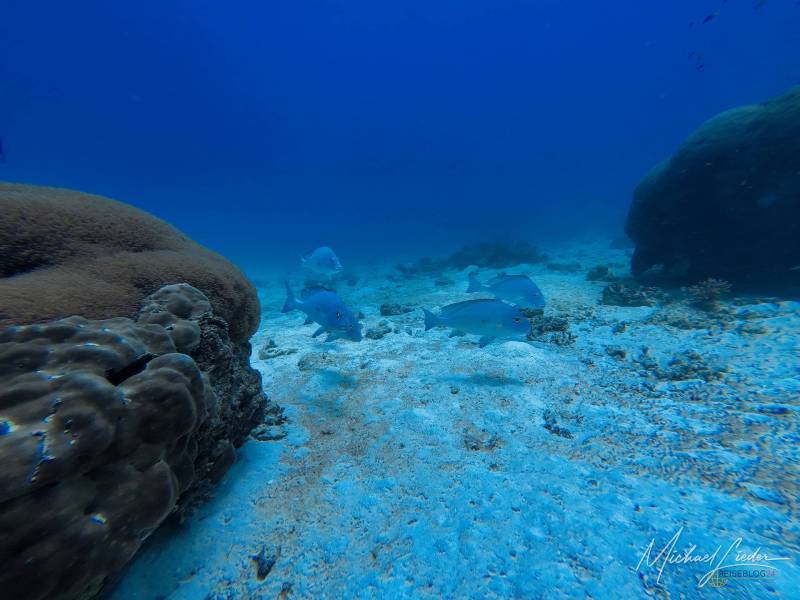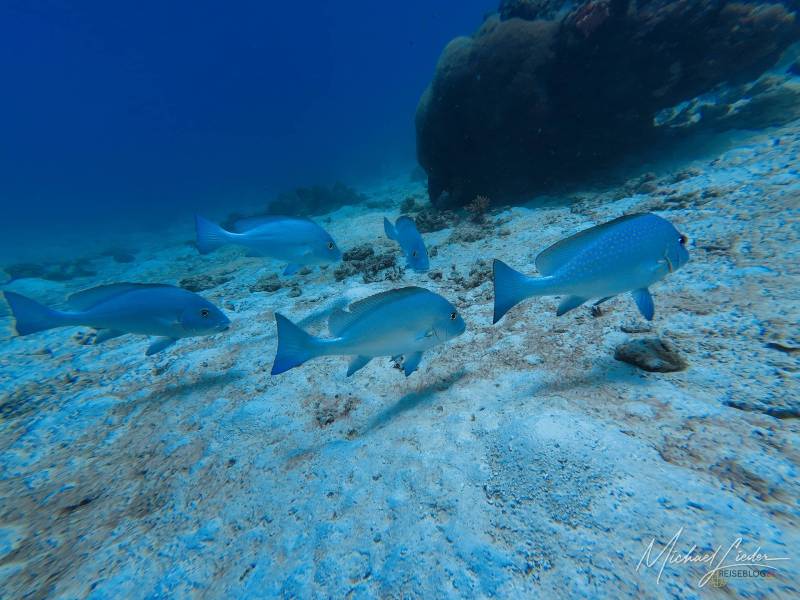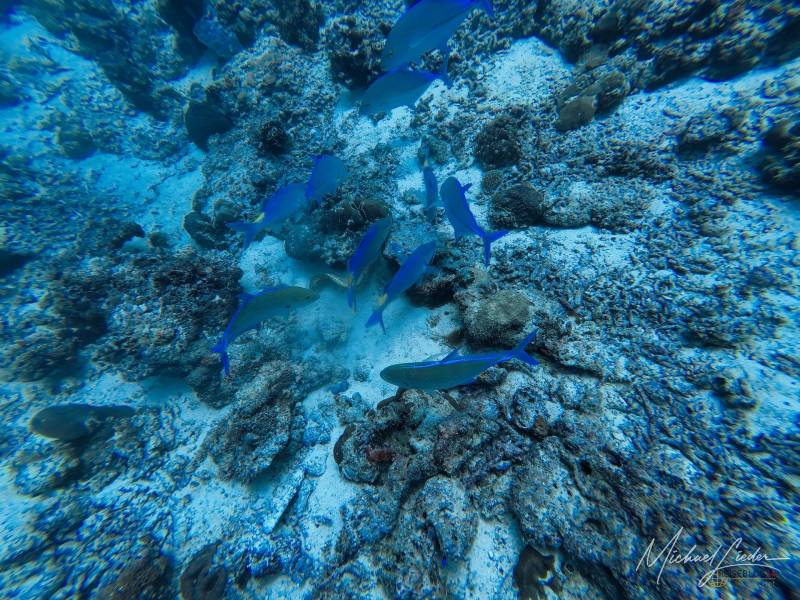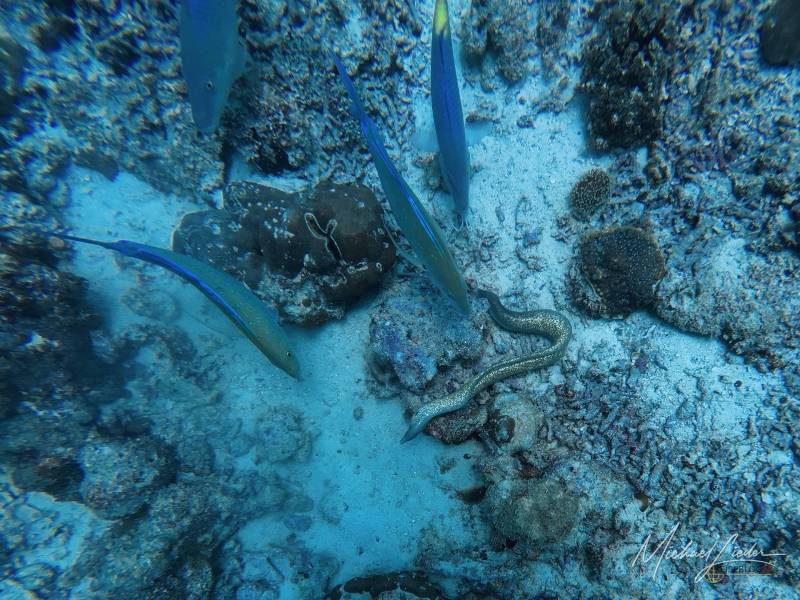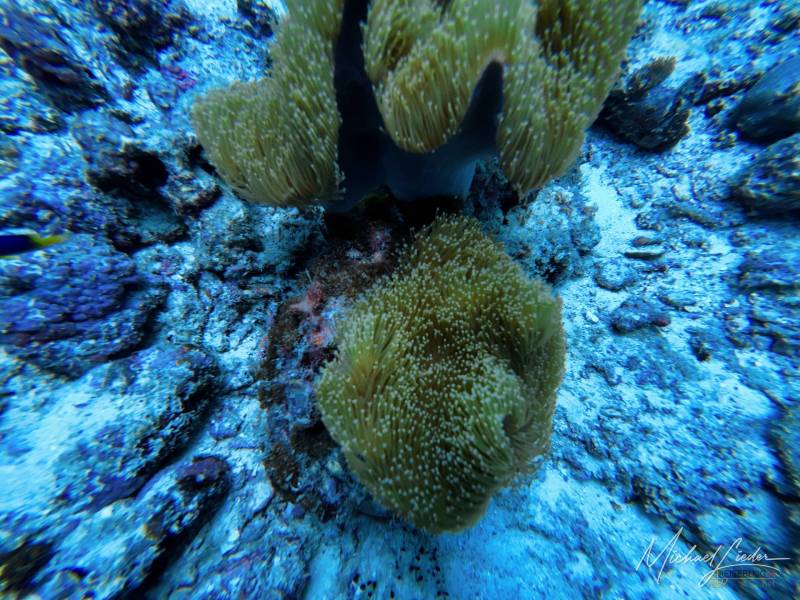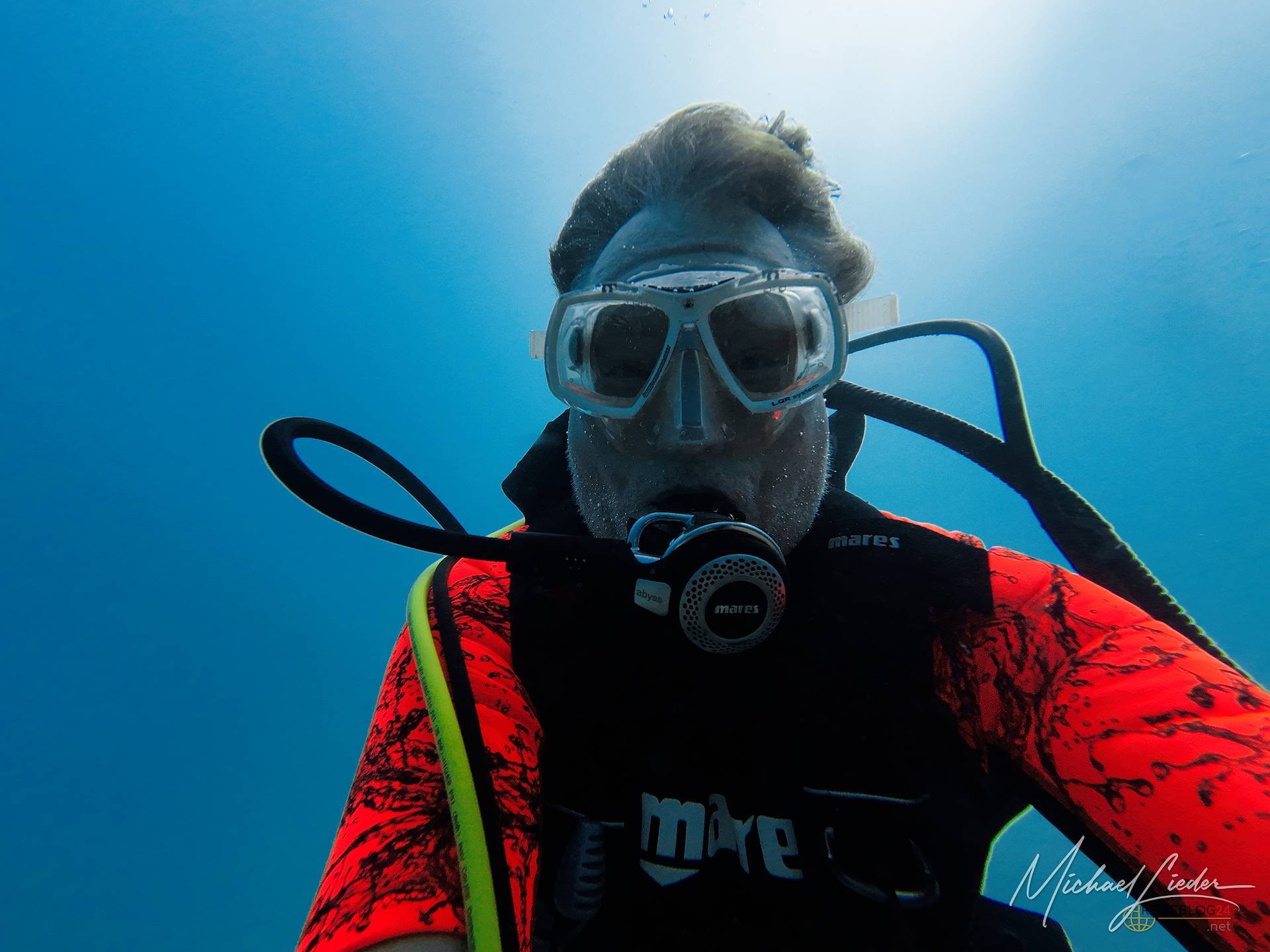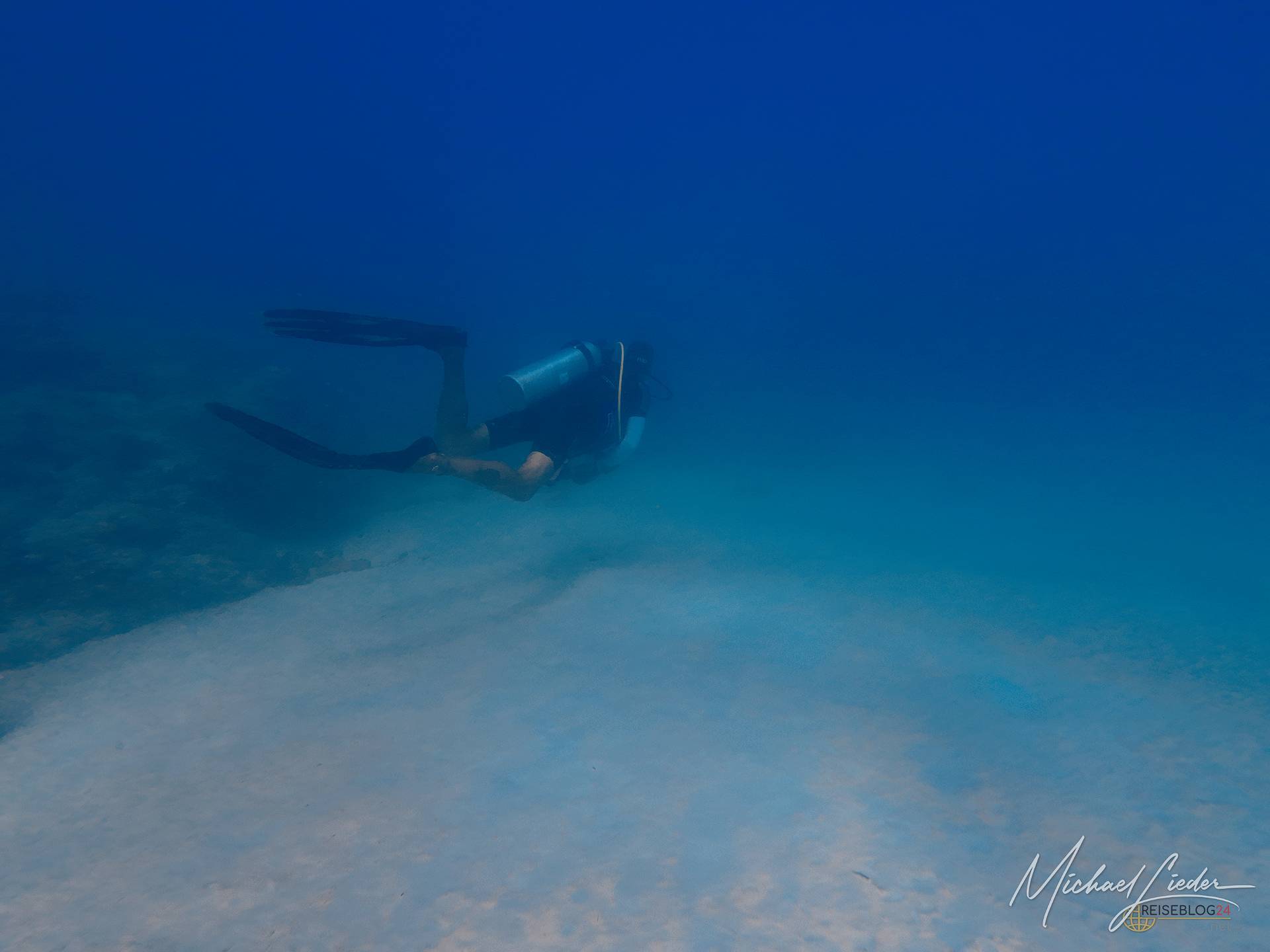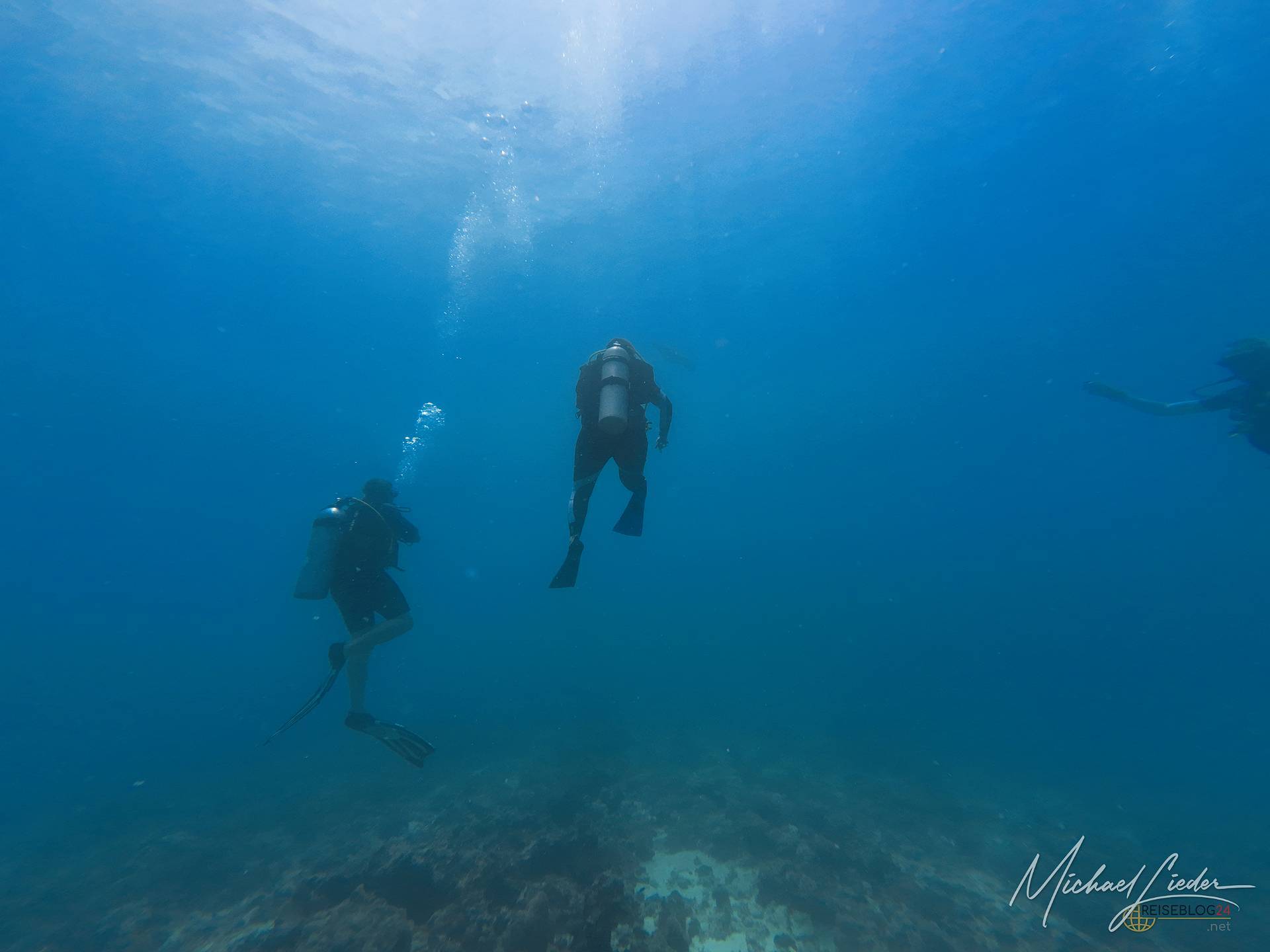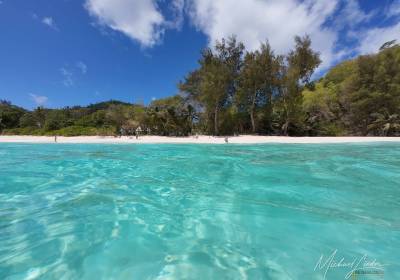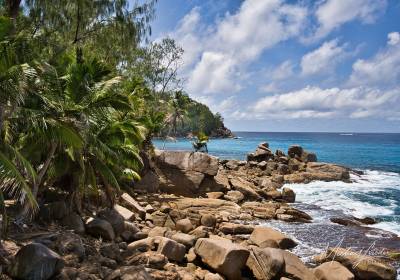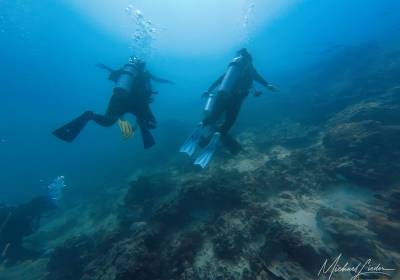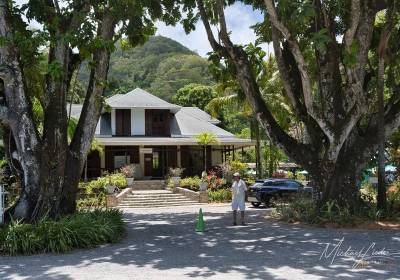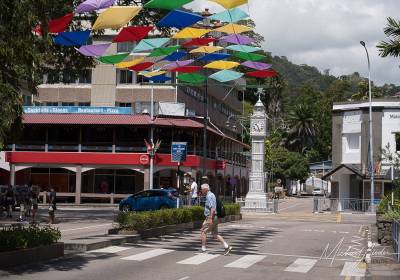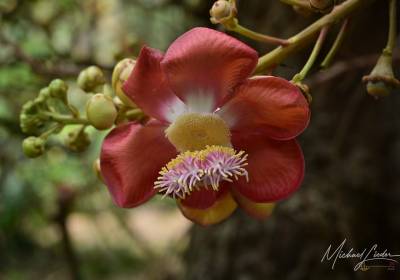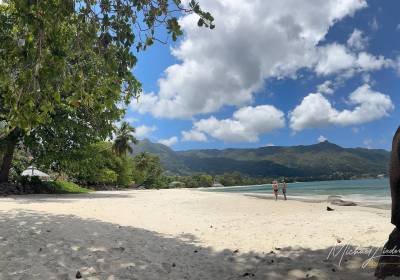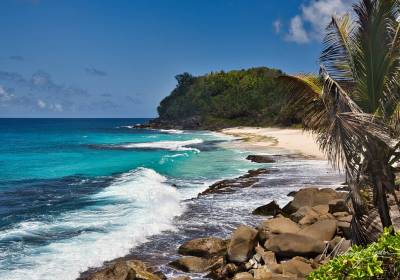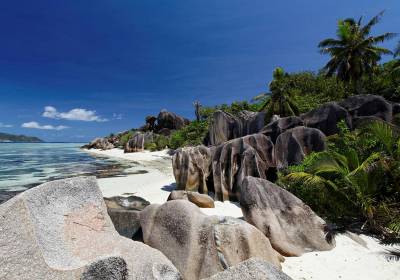Diving in the Indian Ocean
The Seychelles – a paradise for divers, they say. So what could be more natural than diving down here in paradise itself to find out what really makes it an underwater paradise? What wonders await down there – and do they live up to the high expectations, or is a little more caution and discernment called for?
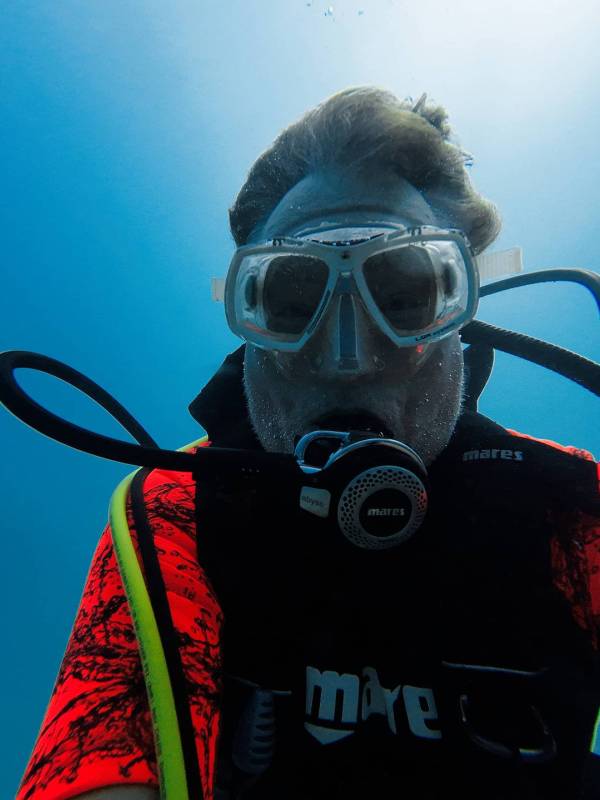
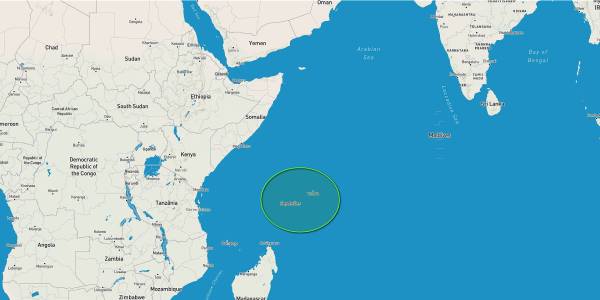
Diving into paradise
The Seychelles – even the name sounds like turquoise water, white sand, and that elusive lightness of being you usually only find in glossy travel brochures.
“A diver’s paradise!” one person gushes. “The ultimate experience!” another insists.
And me? I pack my snorkel, my somewhat accident-free diving certificate, and a healthy dose of curiosity – ready to see if paradise really lives up to the marketing.
The moment I dive beneath the surface, that beloved, almost meditative calm wraps around me. Only my breathing – steady, soothing, almost hypnotic. Fish glide by, corals shimmer in pastel shades as if they’d dressed up especially for Reiseblog24.
And for a moment, I think: yes, maybe this really is it – the paradise everyone keeps talking about.
But stay a little longer, and you’ll see more – including what doesn’t make it onto the postcards. Here and there, corals paler than expected. A piece of plastic drifting between two anemones, like an uninvited guest at a garden party.
The Seychelles are stunning, yes – but they’re also fragile. Paradise is alive… and fighting to survive.
And then I’m back on land, still salty from the sea, and I think: maybe true paradise isn’t a perfect place at all, but an honest experience. The ability to marvel at beauty – and to feel compassion for what needs protecting.
So yes – the Seychelles are a diver’s paradise.
But only if you’re willing to look beyond the shimmering surface. Because down there, between sand, salt, and coral, lies what truly matters: the realization that we are part of this paradise – and responsible for keeping it alive.
The moment I dipped my head beneath the crystal-clear waters of the Seychelles, I knew instantly: this wasn’t going to be just another dive. No – it felt as if someone had just handed me a ticket to the most exclusive show on Earth.
My starting point: Blue Sea Divers, right on Beau Vallon Beach. From there, we set off by boat – heading out toward what might become an unforgettable encounter with a world I’d only ever heard about in stories. I brought my own gear; only the tank and weights came from the dive center. My buddy was a bit less self-sufficient – and our little group, a cheerful mix of curious adventurers: a few Germans, some Russians, and people from just about every corner of the globe. Out of roughly twenty participants, only six of us actually dove; the rest were content to peer through their snorkels at the surface.
Our destination: Baie Ternay Marine National Park – a bay so picturesque it looks as if Mother Nature herself guards the entrance, gently but firmly keeping uninvited guests out. Before the dive, our guide gives a short briefing. Maximum depth: 15 to 20 meters. Ahead of us, a reef resting on a gently sloping sandy bottom – “full of life and color,” as he puts it with enthusiasm. I listen, smile, and think: sounds almost too good to be true.
The water is warm – inviting, almost like a bathtub with a view. Later, when I check my dive computer, the numbers confirm it: 28°C air temperature, 26.7°C at the deepest point. My decision to wear a shorty was, quite literally, the right call. Anyone diving here in a full wetsuit must have a personal arrangement with the cold.
On board, everything runs like clockwork. For the two planned dives, each diver gets two 12-liter aluminum tanks – neatly labeled, perfectly placed. The crew operates like a mix of safety officers and Zen masters: calm, observant, always ready to help, yet with that subtle “better not do anything stupid” look in their eyes.
Then comes the moment: the entry. One short step into nothingness – and the silence closes in. The water envelopes me, the sounds of the boat fade into a distant, muffled hum. Only my breathing remains – steady, rhythmic, reassuring. We gather at the anchor line (more on that later), a quick OK-sign, one deep breath – and we slowly descend into the blue.
Note: We’re in the Baie Ternay Marine National Park, an officially protected area where nature is supposed to come first – and I like that. Which is why I’m a bit startled to see the dive boat casually dropping anchor. In a marine park? That doesn’t quite sit right. In other countries – say, Thailand or the Maldives – there are fixed mooring buoys to avoid damaging the corals. Here, things seem to be taken… let’s say, more “relaxed.”
The first section of the reef sits at about eight to ten meters. Everything works flawlessly: no drama, no Hollywood sharks, no sudden explosion of color. I’ve got my DJI Osmo in hand, paired with our guide as my buddy, and I follow his calm, measured fin strokes. The scene? Still modest – a few small fish, a reef that feels more like the opening act before the main show.
But then, deeper down, the ocean begins to tell its quieter stories. The light softens; colors fade into velvet tones. Our guide points to an anemone where a pair of clownfish bicker like an old married couple over who gets the best spot. A school of silver jackfish passes by – so perfectly synchronized that any dance instructor would blush.
Between the rocks, I spot tiny shrimp busily cleaning coral, and minute nudibranchs glowing with patterns so intricate they seem to prove that beauty has nothing to do with size. And then it happens: that perfect moment of silence – no sound except my breathing. I let the camera drift down and think: maybe this is the moment you understand why so many divers rave about the Seychelles. Not because everything is “perfect,” but because you learn to appreciate what’s real again.
Here, the sea doesn’t put on a dazzling show – it whispers in shades and subtleties. No spectacle, no exaggeration – just an honest dialogue between human and nature. And that, I think, is its greatest magic.
If I’m honest, I had expected more. The Seychelles are often hailed as a diver’s paradise – but anyone who has ever descended into the Red Sea knows how vividly the colors glow there, how the reefs pulse with life. Here, by contrast, everything feels… muted. Not desolate, but calmer, more serious perhaps. Along our descent, we pass many dead corals – pale, brittle, almost ghostly. It reminds me of Thailand, where large parts of the underwater world have fallen victim to coral bleaching. It’s not that bad here, no – but even in the Seychelles, the sea bears visible scars.
And yet, life endures. Between the faded corals, small groups of fish move about – not dense schools, more like family units keeping their quiet order amidst the chaos. Then, finally, a moment of awe: several sea turtles glide past, unhurried, as if they had all the time in the world.
Among them, the blue-and-orange emperor angelfish appears – a sort of underwater aristocrat, elegant stripes and a presence that says, “I know I look good.” The clownfish, on the other hand, is the jester of the stage – lively, colorful, darting tirelessly among its anemones. Other small fish aren’t so lucky – for them, those delicate anemone tentacles become a deadly embrace.
Between the rocks I spot frogfish, goldbelly damsels, squirrelfish, sergeant majors, butterflyfish, and those wonderfully awkward boxfish. Most fascinating – and a little eerie – are the yellow ribbon eels living in crevices between the reefs. One of them slithers right beneath me across the sandy bottom, only to vanish into a tiny hole in a flash. Moments later, its head reappears – wearing that unmistakable expression of “You’re not coming in here.”
There’s no abundance, no overwhelming parade – more like a quiet, intimate theater. And then, in a rocky crevice, they appear: lionfish, majestic and almost theatrical, their long fins trailing like silken veils in the light. Stunning – and dangerous. Down here, beauty often comes with sharp edges; one wrong move and it’ll sting back.
I hover in silence, the camera half-forgotten, letting the gentle motion of the sea carry me. Maybe, I think, the real experience here isn’t the burst of color, but the honest coexistence of life and decay. The ocean shows itself as it truly is – no filters, no promises. And that’s exactly what makes it so real.
We ascend slowly. Air bubbles rise past me like glittering thoughts, eager to return to the surface. Above, the blue softens, the turquoise clears, and for a moment it feels as though I’m rising through layers of time and silence. The safety stop at five meters turns into a kind of meditation – three minutes in which not only the nitrogen dissolves, but also the thoughts. A pause between two worlds.
Back on board, that familiar post-dive silence sets in – half exhaustion, half contentment. Everyone seems lost in their own thoughts, quiet, almost reverent. It’s as if the sea had briefly claimed us, only to spit us back out – changed, but calm. Some of the snorkelers rave about the “incredible explosion of colors.” I smile politely and wonder if we were really looking at the same thing. Maybe that’s the secret of paradise: it shows each person what they need – or what they’re ready to see.
I wipe the saltwater from my camera and scroll through the first shots. No spectacular images, no glossy-magazine moments – but honest ones. And maybe that’s exactly the point. The Seychelles aren’t some exaggerated diver’s paradise bursting with color; they’re a quiet, sensitive ecosystem balancing beauty and fragility.
As the boat glides back toward Beau Vallon Beach, a fresh breeze brushes across the deck. The sun hangs high, the sea sparkles like liquid glass. I take a deep breath – salt, sun, freedom. And I think: maybe the magic of diving isn’t about finding the perfect reef, but about realizing that perfection is a human illusion. The sea doesn’t need it. It simply is – real. And that’s enough.
What the Ocean Taught Me
- Humility – because underwater, you quickly realize how small you really are.
- Patience – because the most beautiful moments usually appear when you least expect them.
- Mindfulness – because paradise is never something to be taken for granted.
Practical Mini-Tips for Your Diving Trip to the Seychelles
🕓 Best Time to Visit:
The clearest underwater visibility and calmest seas are usually from April–May and October–November. During these transition periods between the monsoons, the water is as smooth as glass and currents are pleasantly mild – perfect for relaxed dives or long snorkeling sessions.
🐠 Reef Etiquette:
Don’t touch, don’t take, don’t feed – even if the temptation is real. Corals are fragile living organisms, and even the lightest touch can harm them. Keep your distance from turtles and other marine life – they’re not models for selfies, they’re residents of their own realm.
⚠️ Safety First:
Take current warnings seriously! Around Mahé and Praslin, local currents can be stronger than they look. If the swell gets high, it’s better to move to sheltered bays – Baie Ternay and Port Launay are great options where you can still dive safely even when the sea is restless.
📜 Official Parks & Hours:
The Seychelles take pride in their Marine National Parks, managed by the Seychelles Parks and Gardens Authority (SPGA). You can find current opening hours, entrance fees, and a list of authorized operators directly on the official website: SPGA.sc.
Baie Ternay Marine National Park (Mahé)
Port Launay (Mahé)
Anse Soleil (Mahé)
Anse Major (Mahé)
Anse Lazio (Praslin)
Anse Georgette (Praslin)
Côte d’Or / Anse Volbert (Praslin)
Anse Source d’Argent (La Digue)
Anse Patates (La Digue)
Anse Severe (La Digue)
Île Cocos Marine Park
St. Pierre Island (bei Praslin)
Curieuse Marine National Park
Snorkeling and diving in the Seychelles isn’t just a hobby. It’s a blend of nature documentary, wellness retreat, and light endurance training – all with the best view imaginable from your “window.”
One thing’s for sure: once you’ve dipped into these waters, every visit to a swimming pool back home will have you thinking,
“Nice… but where are the turtles?” 🐢
In total, the Republic of Seychelles consists of 155 islands scattered across a vast ocean area of nearly 1.4 million square kilometers. They are divided into two main groups:
-
Baie Ternay Marine Park:
A protected area with gentle reefs, colorful soft corals, and plenty of marine life – perfect for relaxed dives.
Ennerdale Wreck:
A shipwreck resting at around 30 m depth – partially intact with interesting structure, ideal for wreck diving enthusiasts.
Trois Bank / Trois Banc:
Deeper dives along granite banks with noticeable currents – great chances for encounters with pelagic species.
Other Sites:
Twin Barges, Light House, Conception Rocks, Shark Bank and more – depending on daily sea conditions and boat schedules.
-
South Marianne Island:
One of the top dive sites around Praslin and La Digue – drift dives with strong currents, large fish, caves, and steep walls.
Aride (north of Praslin):
Excellent visibility, fascinating rock formations, and plenty of small marine life. Occasional sightings of grey reef sharks and moray eels.
Amoujie Maman:
A more challenging site with current, rock structures, and deeper passages – not ideal for beginners.
Around La Digue / Marianne / Sister Reef:
Numerous smaller spots featuring healthy soft and hard corals, as well as turtles – great for day trips.
Cocos Islands (Île aux Cocos):
Located near La Digue, this protected marine area is perfect for day excursions and offers calmer, more relaxed dives.
Conclusion: Diving Made Easy
Diving in the Seychelles is pure joy – because here, it only takes a few steps to go from a dream beach straight into an underwater world that looks like something out of a Pixar movie… just without the admission fee. The water is warm, crystal clear, and teeming with curious sea life: from parrotfish that look like they’ve had rainbow for breakfast to laid-back sea turtles that swim alongside you as if you’ve been friends forever.
And the best part? Many of the most beautiful dive sites are just off the shore. No long boat rides, no complicated logistics – just slip on your mask, dive in, and let the ocean do its thing.
Because sometimes, you don’t need paradise – just the courage to jump in.
A Personal Tip: Dive Insurance Is a Must
I strongly recommend arranging dive insurance before your trip. I learned to dive with a VDST (Verband Deutscher Sporttaucher) club in Germany and am still a proud member. This membership conveniently includes comprehensive dive and travel health insurance coverage – something every diver should have.
The VDST insurance package covers:
- Dive accident insurance
- Dive liability insurance
- Legal protection for diving incidents
- International travel health insurance (also valid for non-diving trips)
- Insurance coverage for VDST dive instructors worldwide
👉 More information: www.vdst.de
– At most dive centers, a single dive typically costs between €55 and €90, including basic equipment.
– At Blue Ocean Divers, for example: €95 with equipment, €75 without.
– For boat excursions with two dives, expect to pay around €135 without equipment and €155 with rental gear, including the boat trip and dive guide.
– Some dive centers charge an additional marine park entry fee (e.g. €15) on top of the regular dive price.
– Long-distance dives (requiring longer boat rides) may also include a small surcharge – for example, €15 extra with Atoll Divers.
– Those who book multiple dives often get better rates – for example, packages of 4, 6, 8, or 10 dives at discounted prices.
– Example: Blue Sea Divers (Mahé) offers 2 dives for around €115 as a package deal.
– Most dive centers provide basic equipment (fins, mask, wetsuit, BCD, regulator) – often included in the base price.
– Rental fees for special equipment (e.g. dive computer, torch) may be charged separately.
– Advantage: Familiarity with your own gear, perfectly fitted to your body, and less time adjusting or fiddling with settings under stress.
– Disadvantage: Extra luggage, airline weight limits, and the risk of damage during transport.
– Common diver recommendation: Bring at least your mask, snorkel, and dive computer – you can usually rent the rest on site.
– Around Mahé, you’ll find house reefs and wrecks (such as the Ennerdale Wreck) as well as striking granite formations.
– Near Praslin and La Digue, popular sites include South Marianne Island, featuring caves, steep walls, and exciting drift dives.
– Granite reefs, rocks, ridges, and overhangs are typical of Seychelles dives and give each underwater landscape its own distinct character.
– During the best months (March–May and October–November), visibility often reaches 20–30 meters or more.
– During the rainy / monsoon season, visibility may decrease and conditions can be rougher.
– Many dive sites offer moderate depths and gentle conditions, making them ideal for beginner divers.
– For advanced divers, wrecks, deeper walls, and drift dives provide exciting challenges and variety.
– The only recompression chambers in the Seychelles are located on Mahé and Silhouette Island.
– Most dive centers are PADI-certified and place great emphasis on small groups and qualified dive guides
– For remote sites or reefs in the outer atolls (e.g. Aldabra), liveaboards are often used.
– These trips are significantly more expensive, but they offer spectacular and often untouched dive spots.
🌞 Conclusion: Your Paradise Awaits!
The Seychelles are so much more than a postcard image – they’re a treasure chest of natural wonders, laid-back island spirit, and unforgettable experiences. Whether you’re hiking through ancient forests, hanging out with giant tortoises, or watching the sun melt into the ocean with a drink in hand – the magic of these islands will stay with you long after you’ve returned home.
So pack your bags – your paradise is already waiting!
Mitmachen...
Hast du Tipps für jemanden, der das erste Mal nach Thailand reist? Oder möchtest du von deinen eigenen Erfahrungen erzählen? Schreib mir in die Kommentare!


